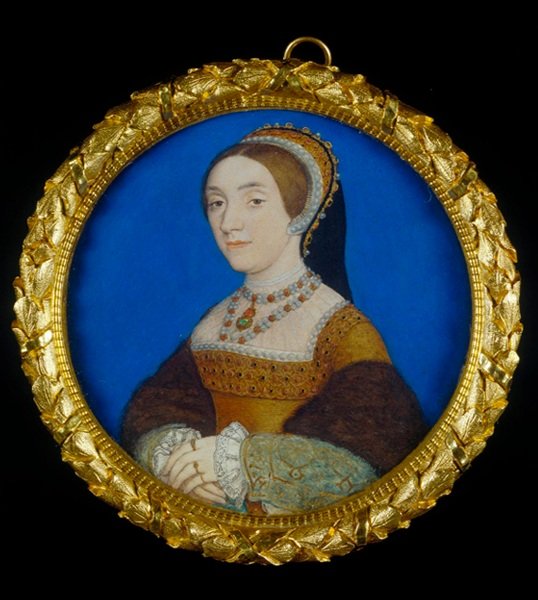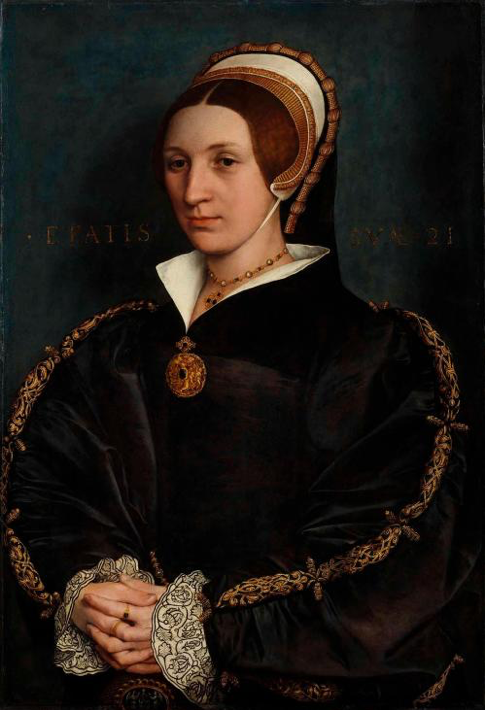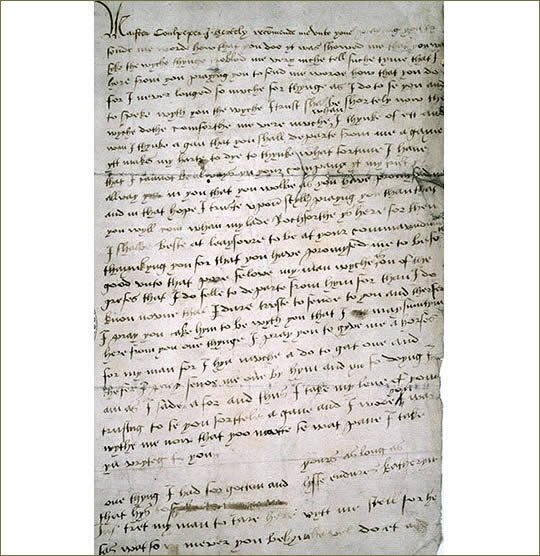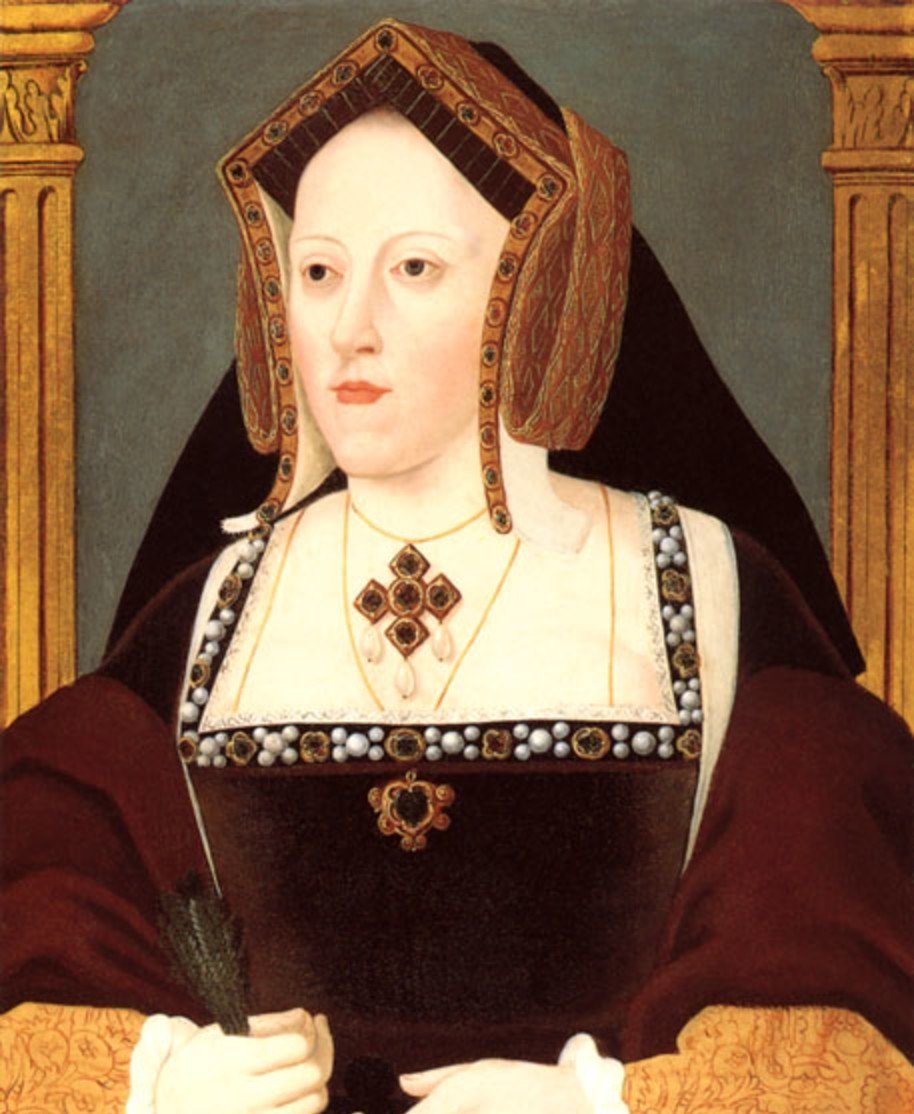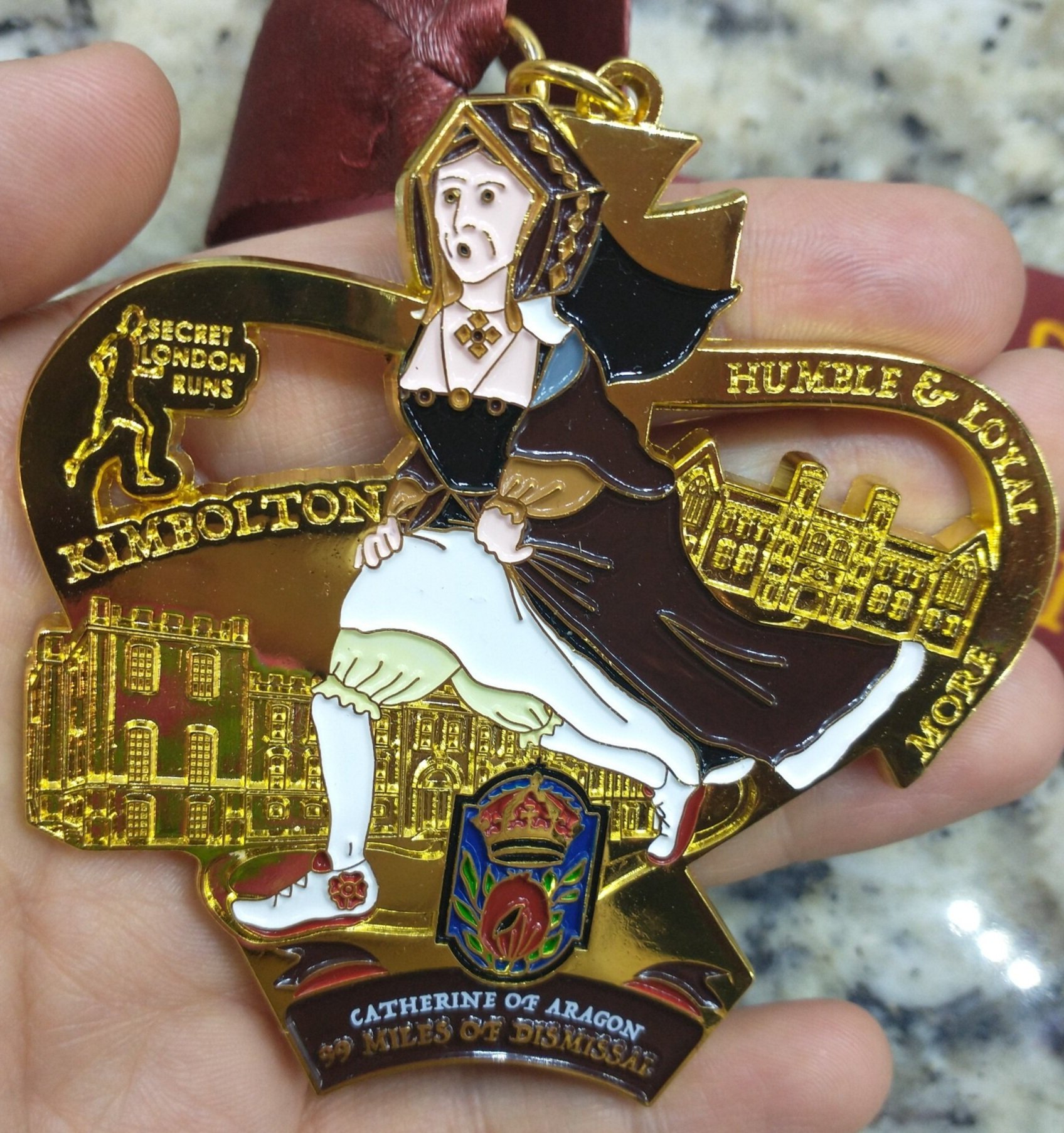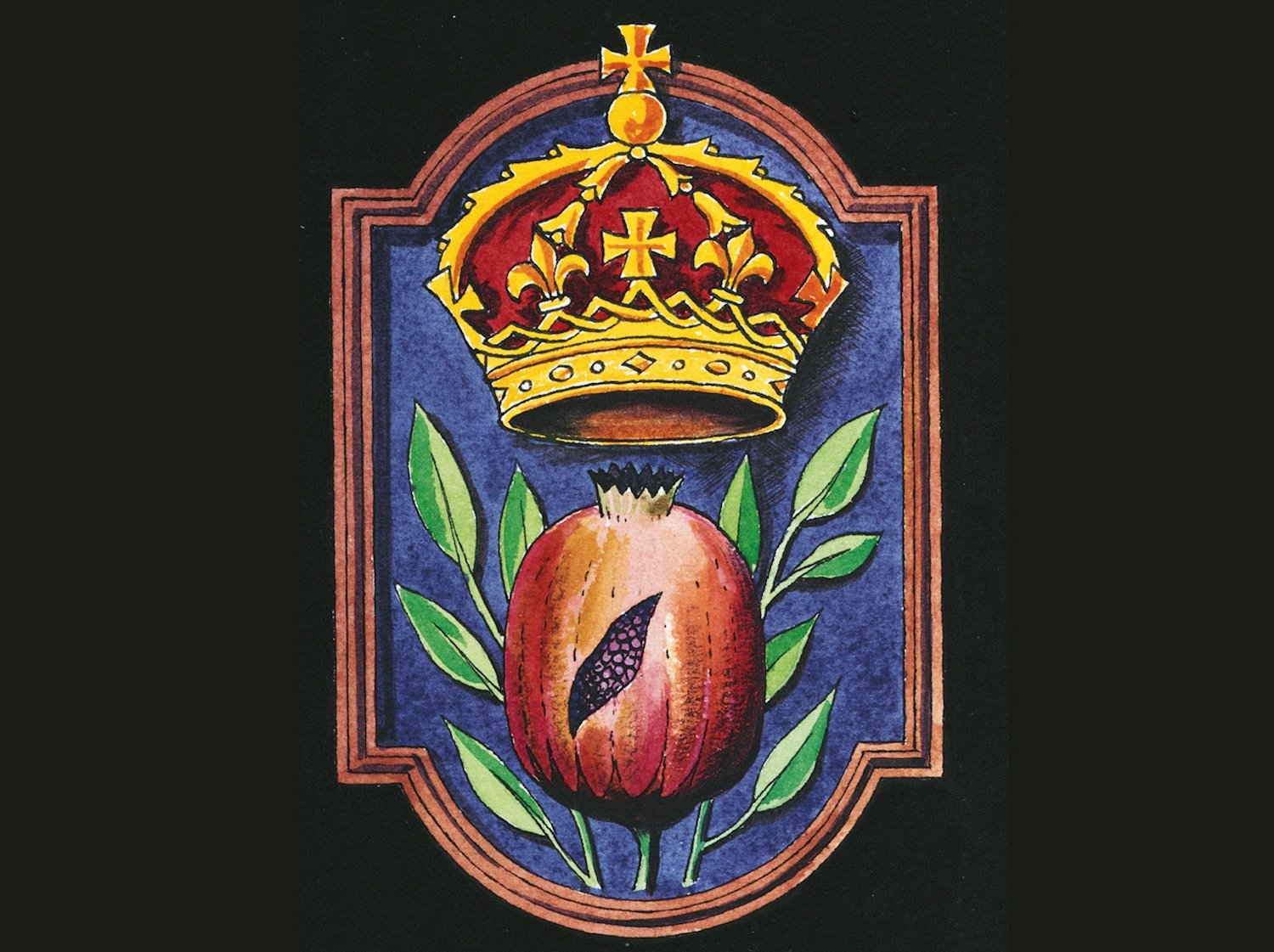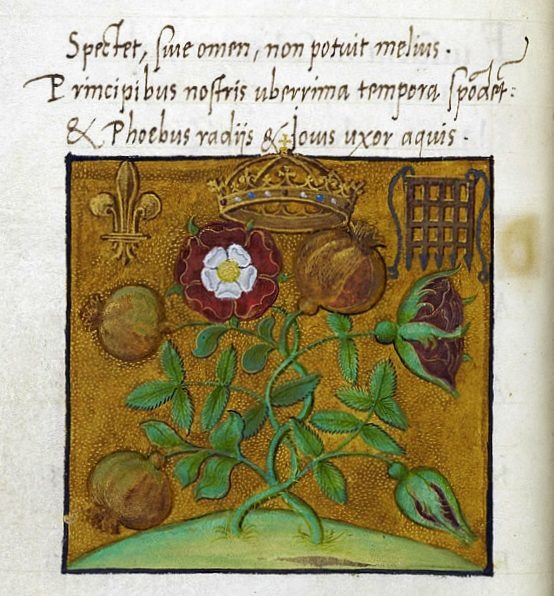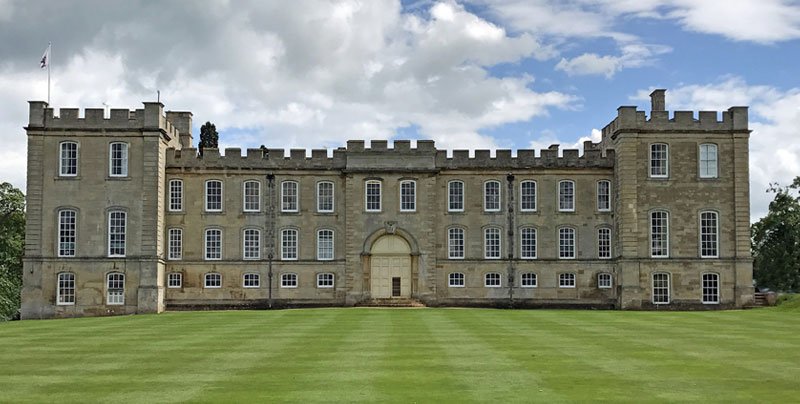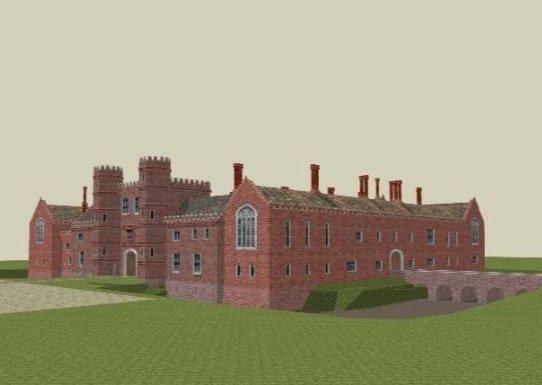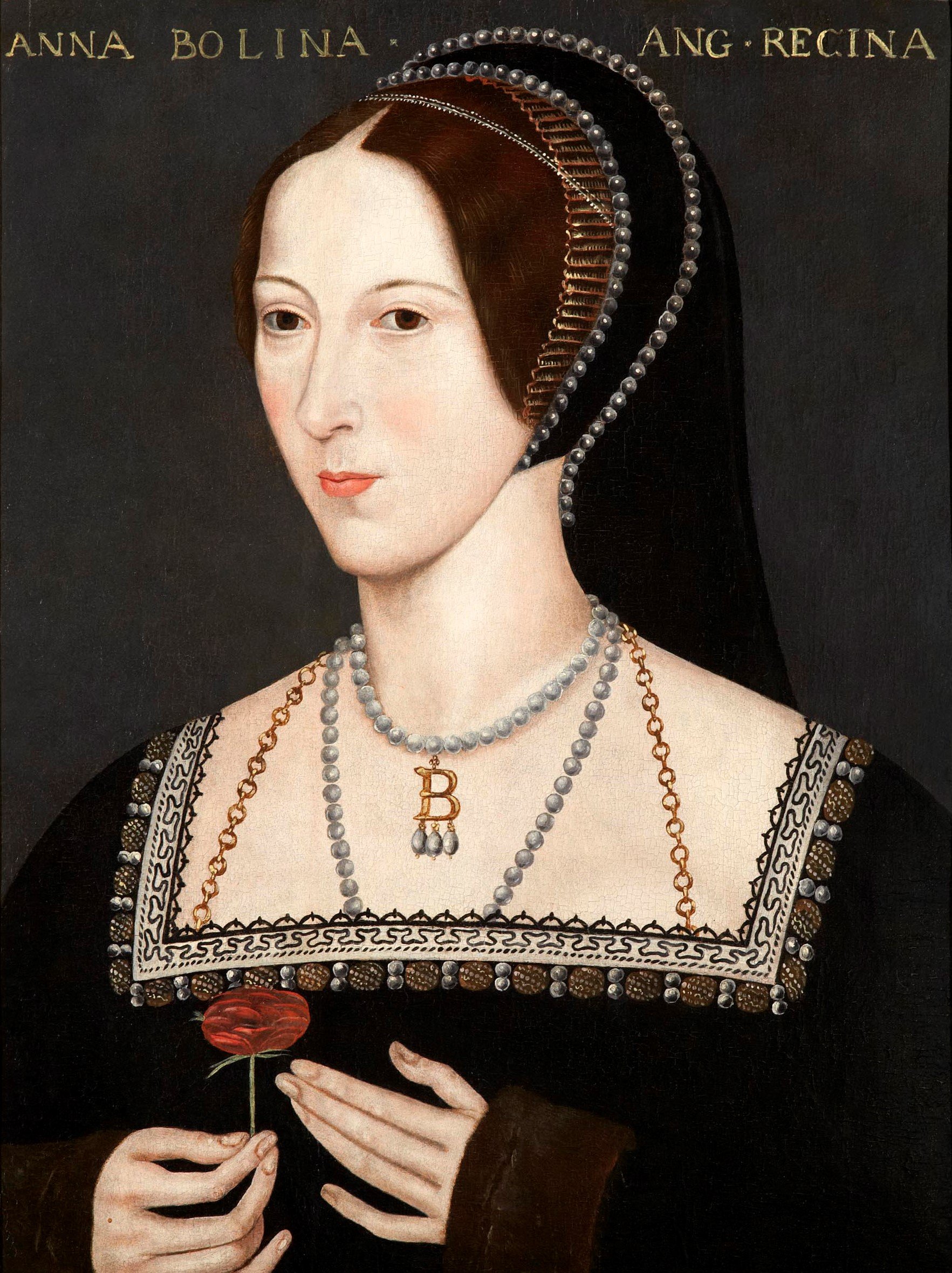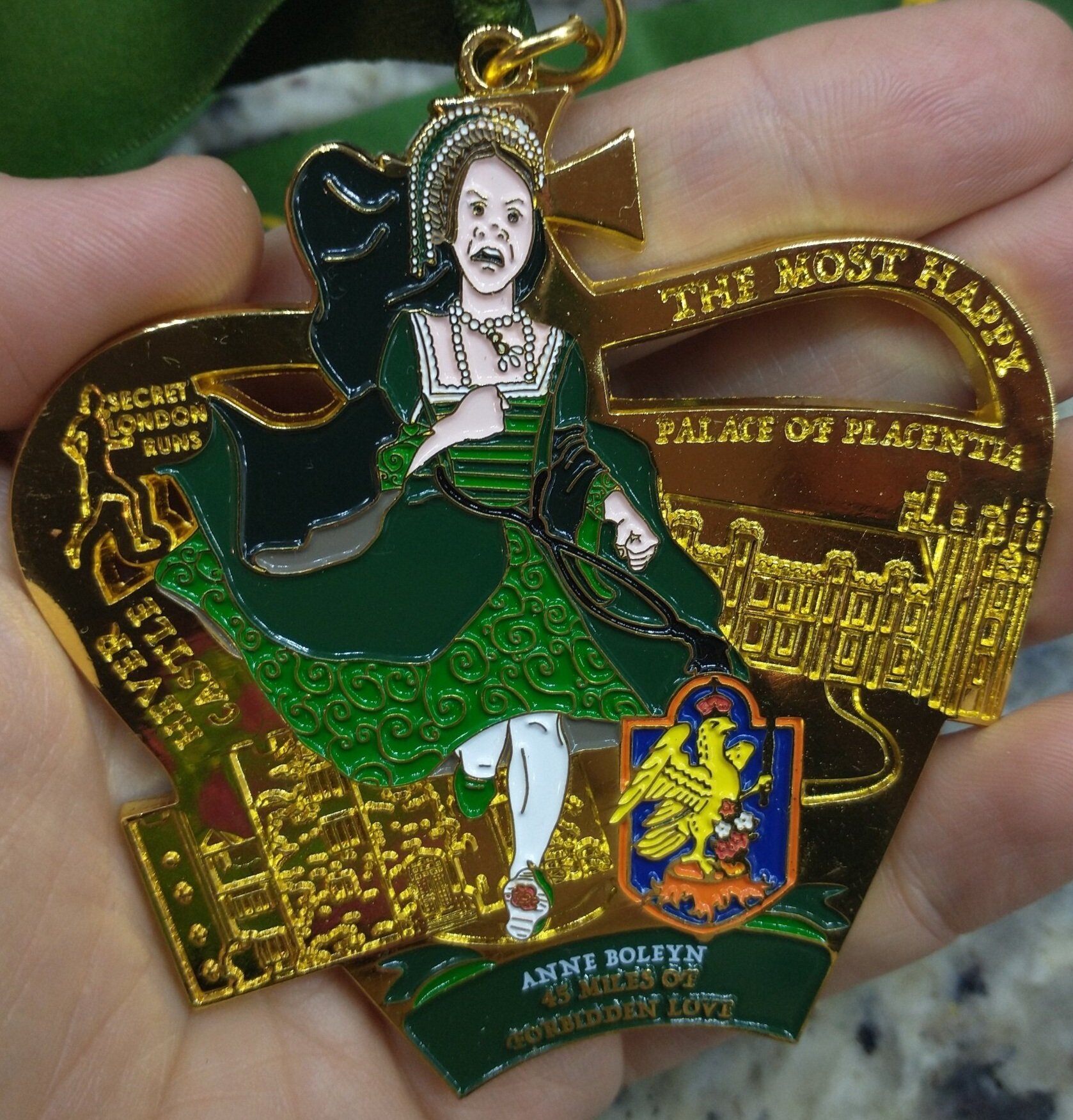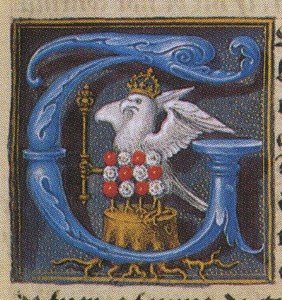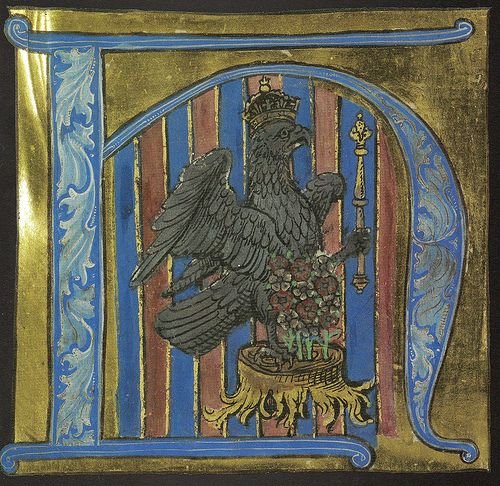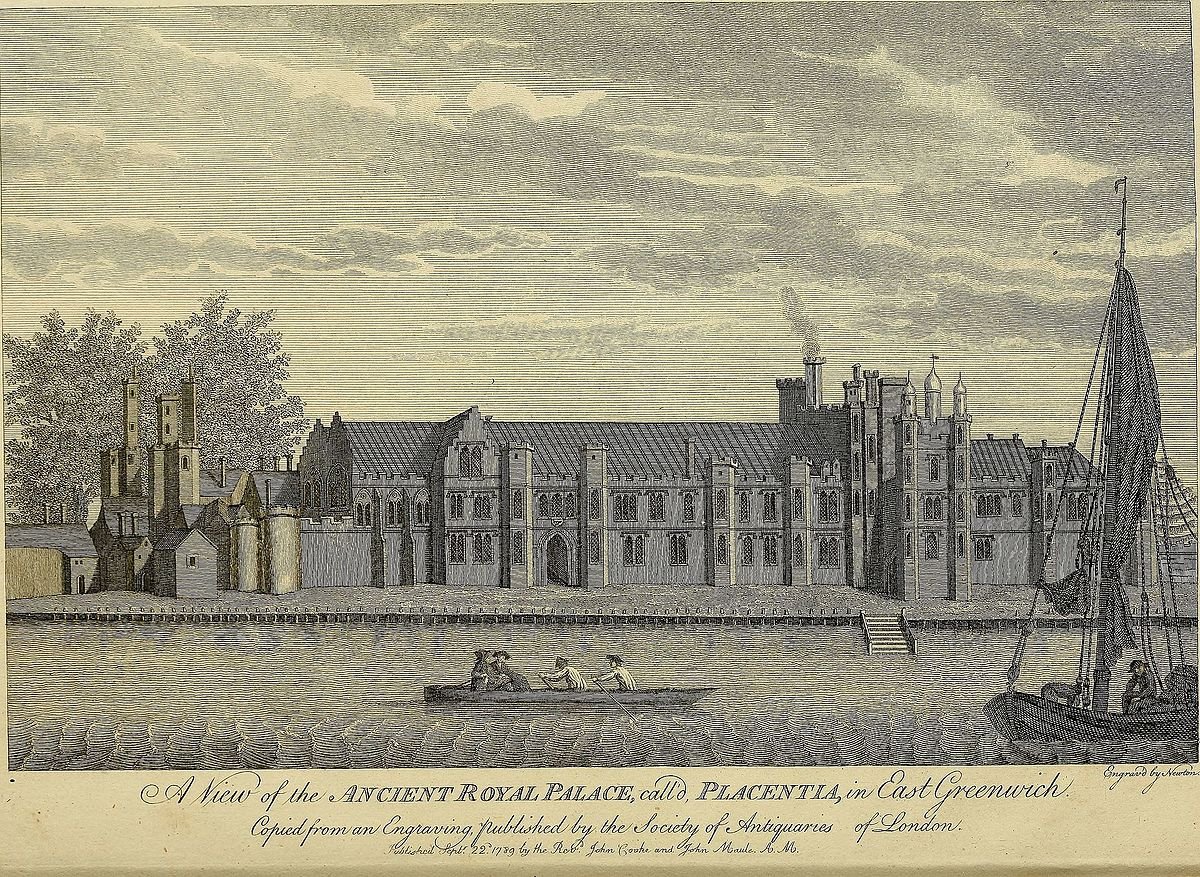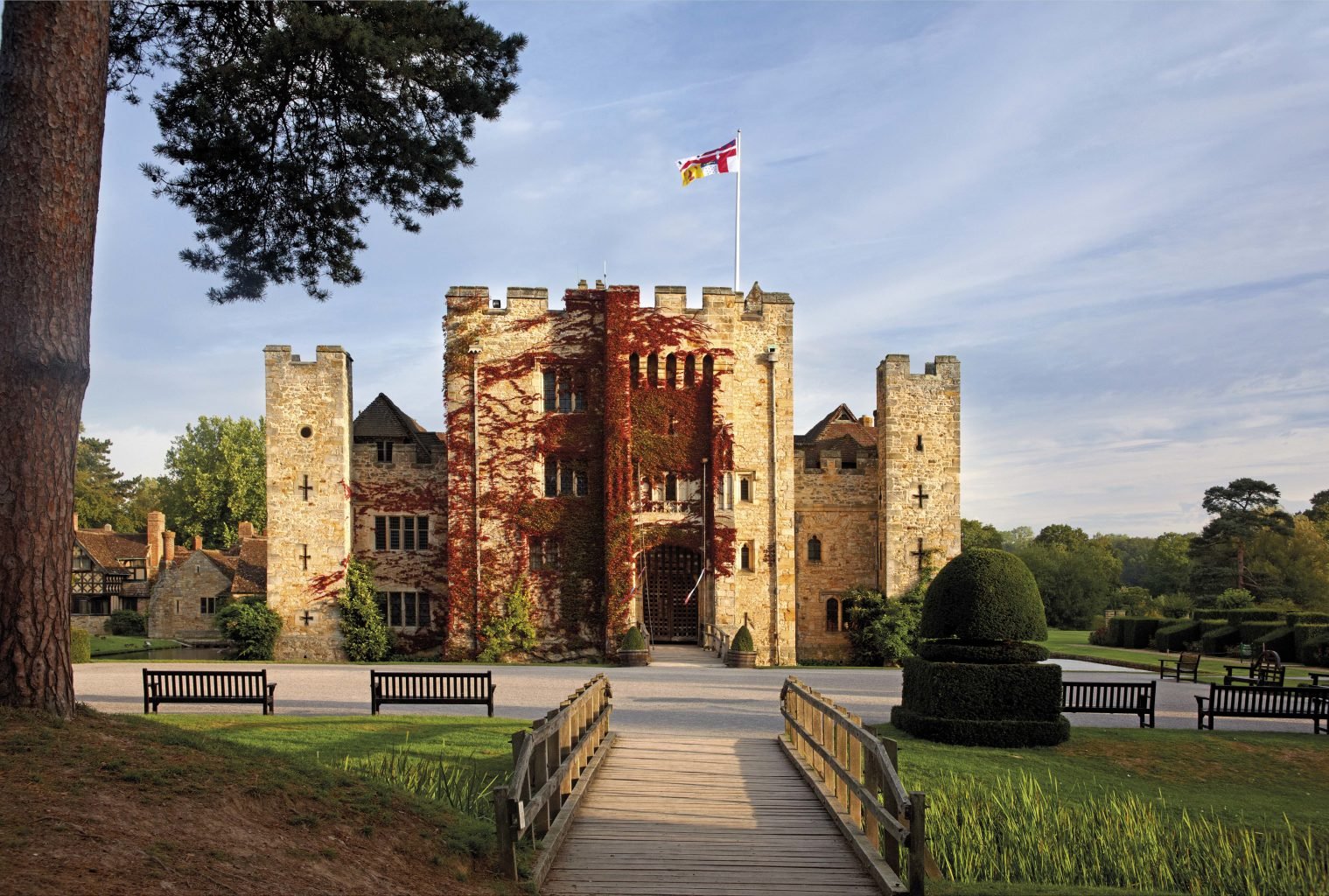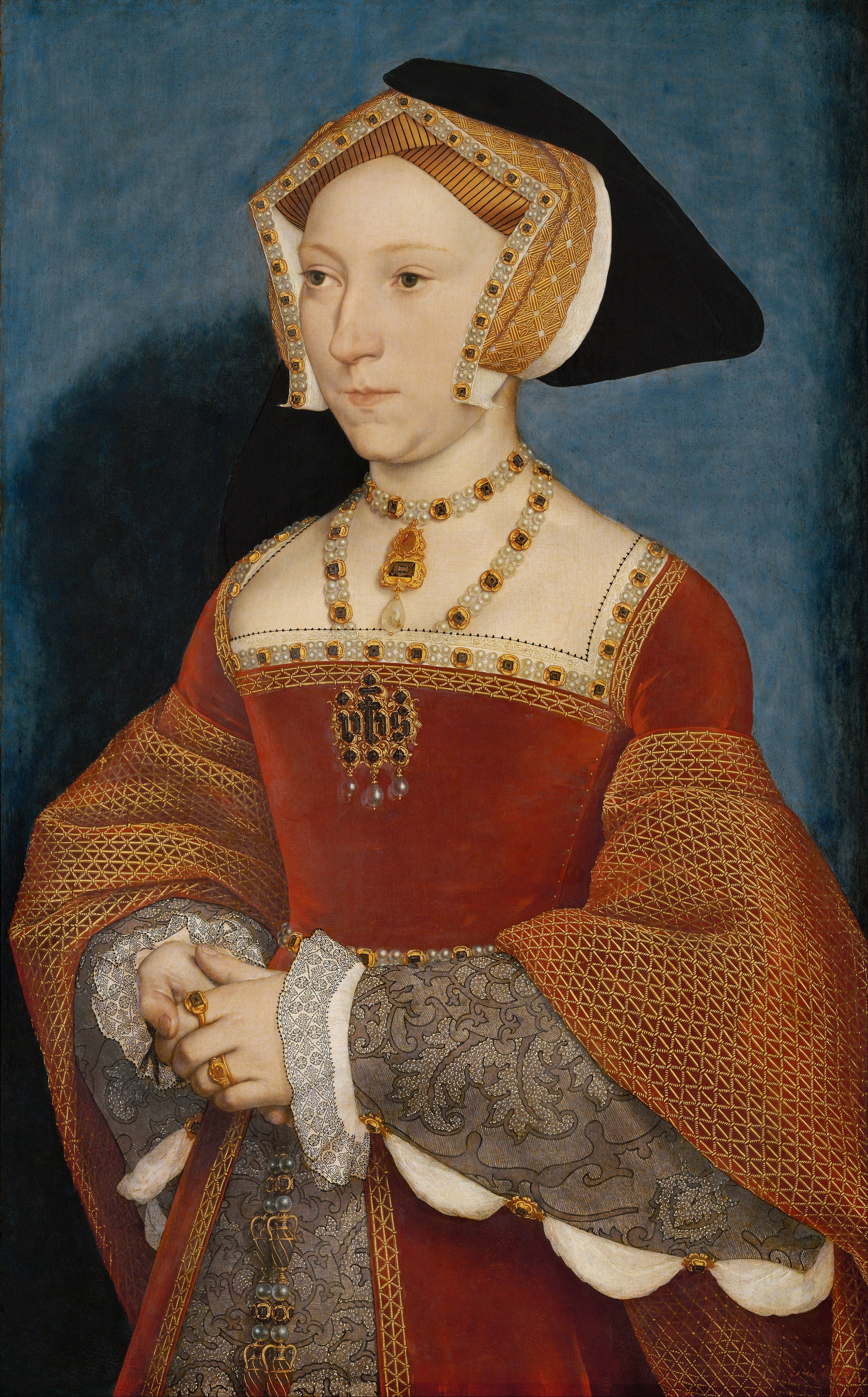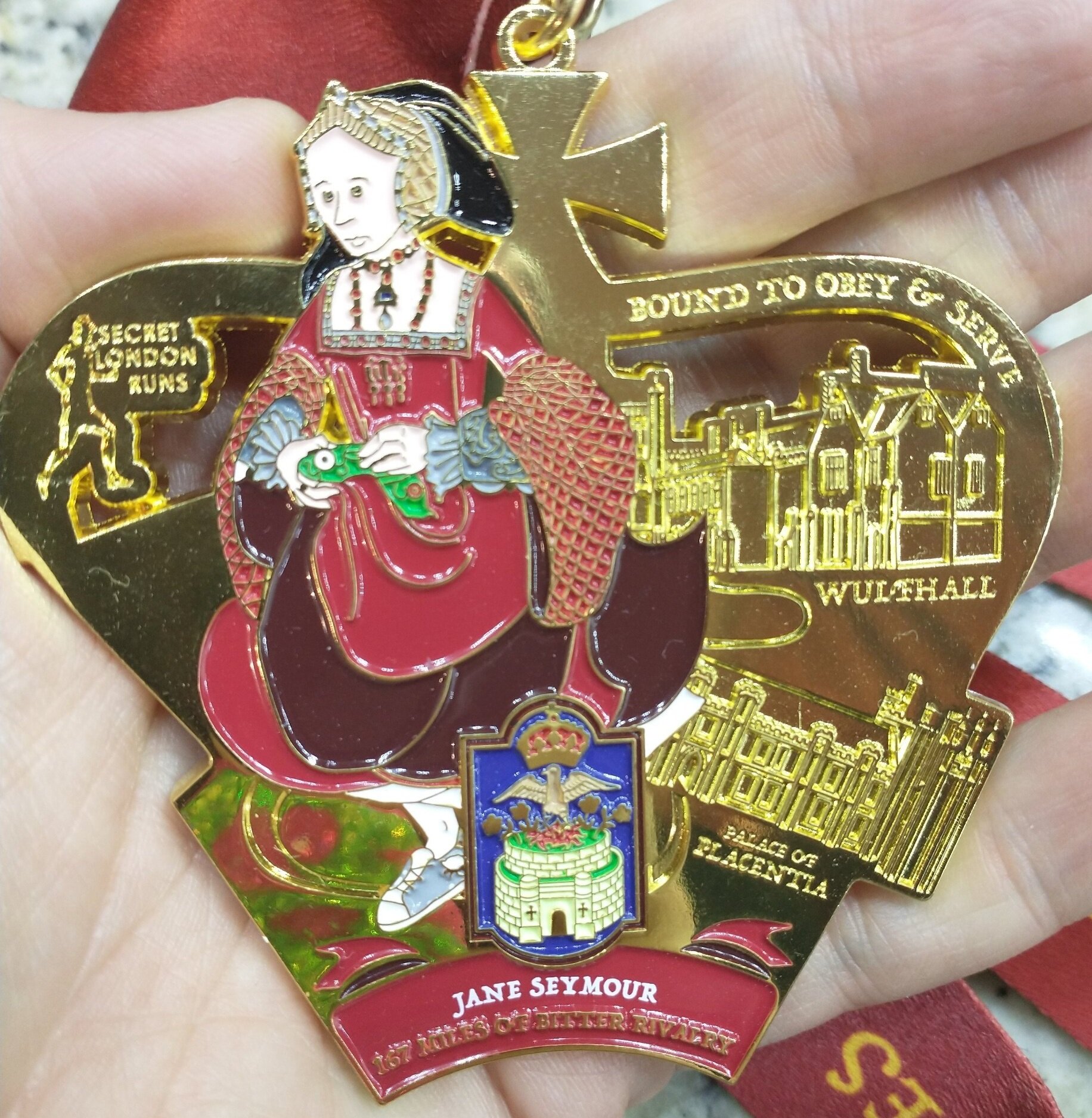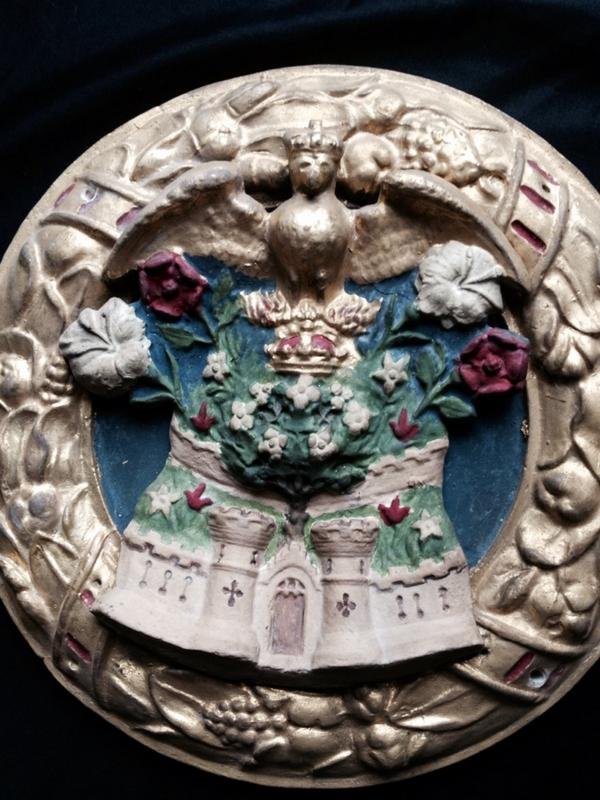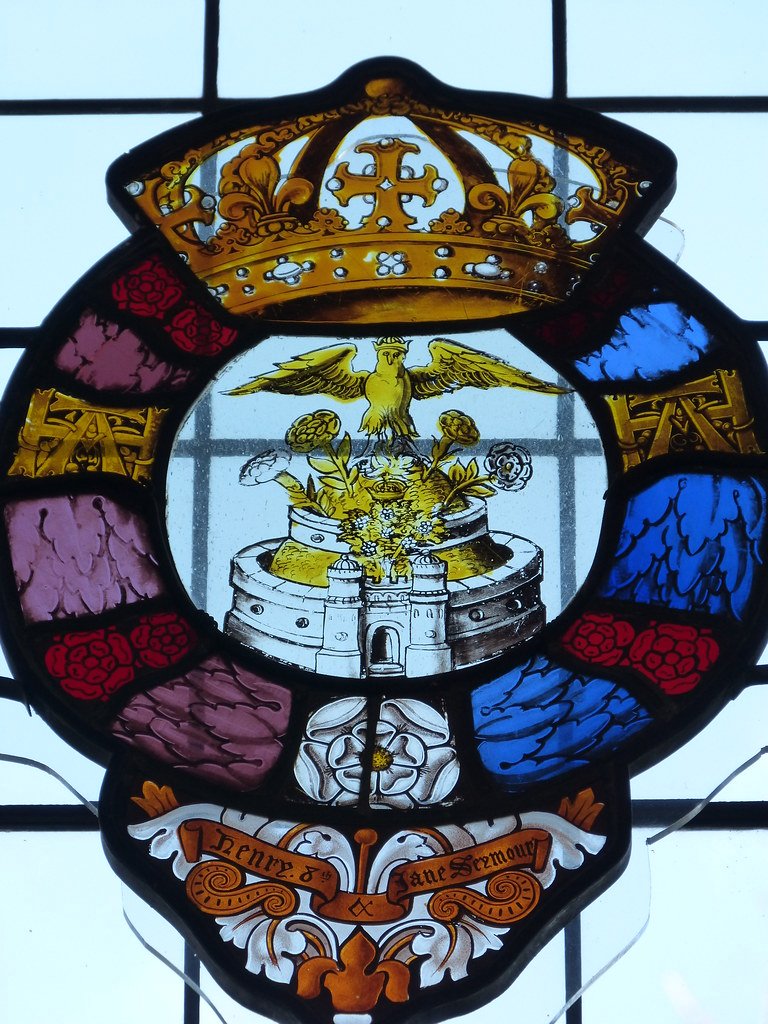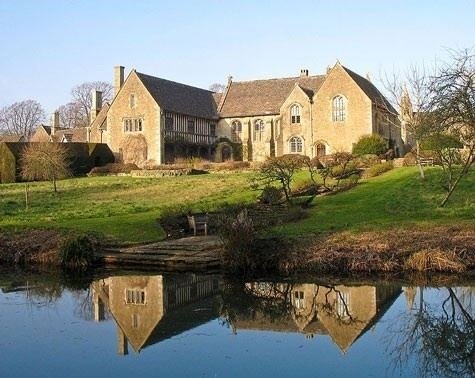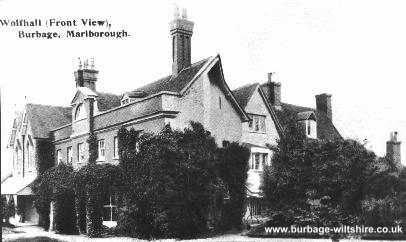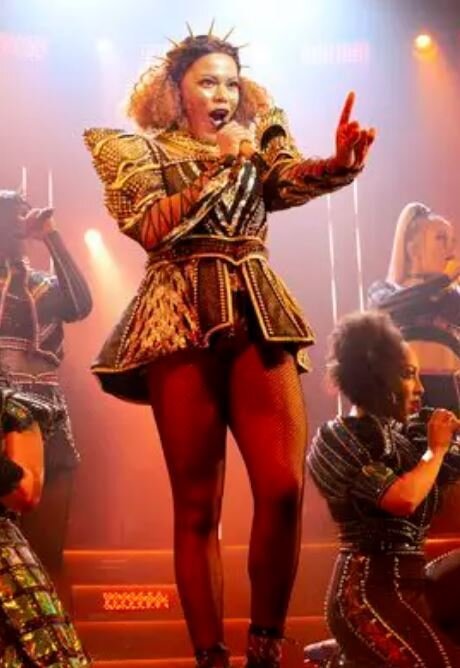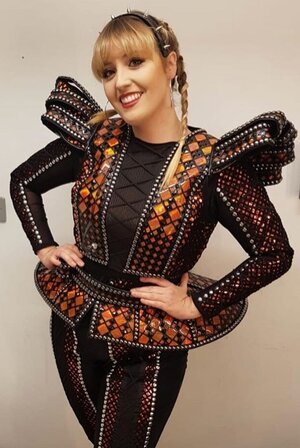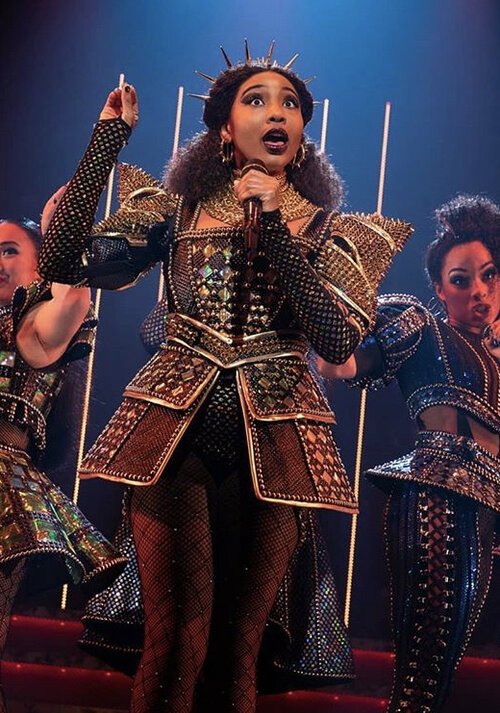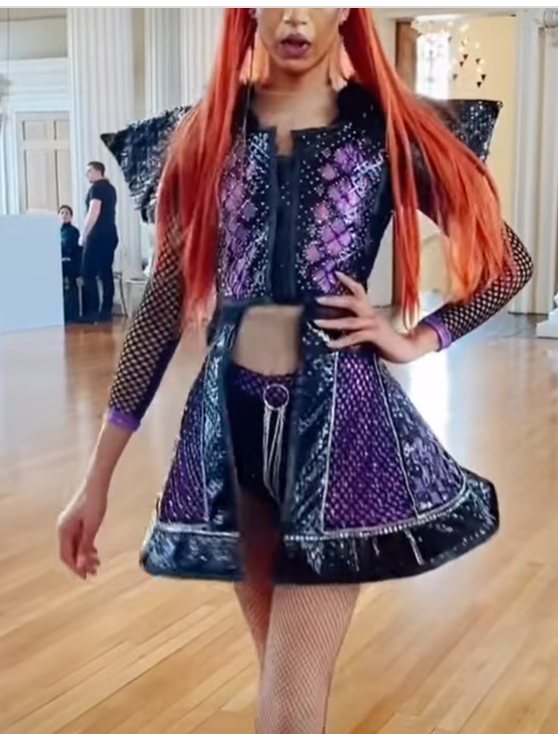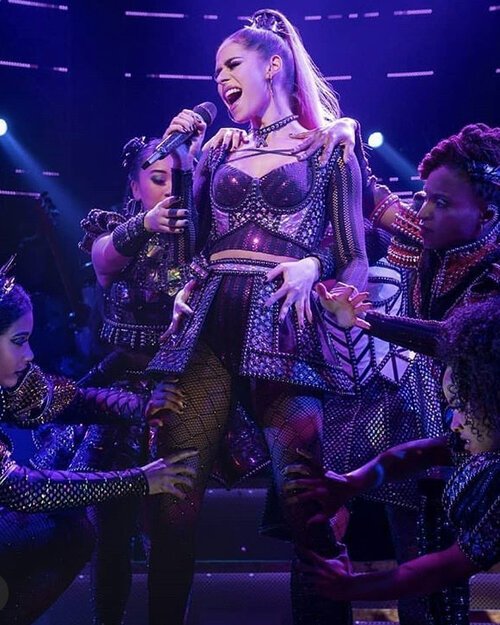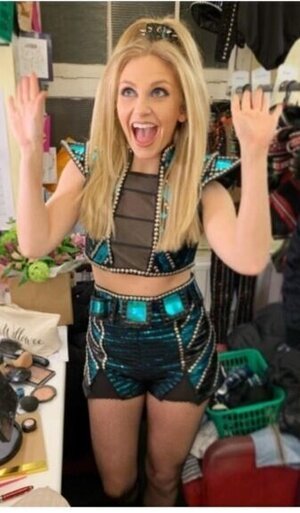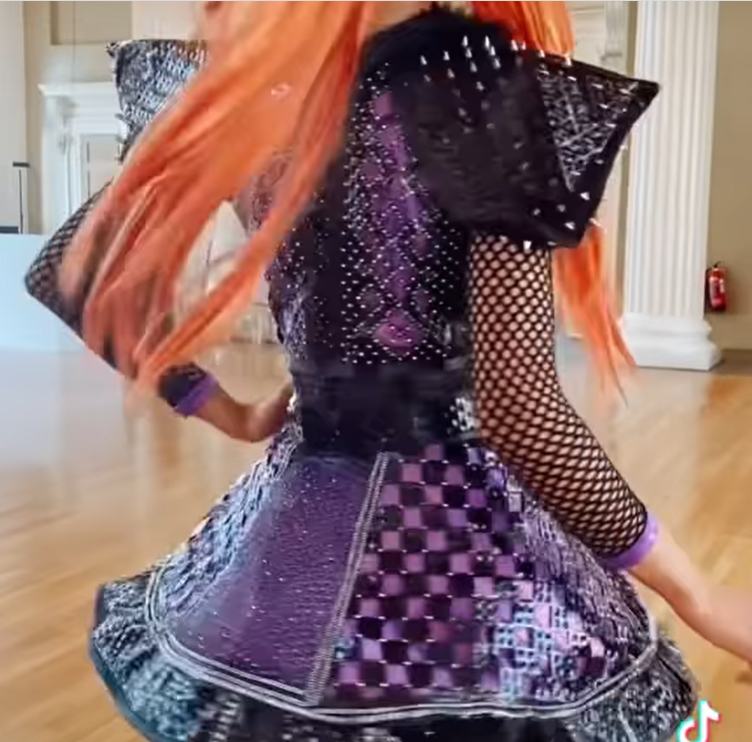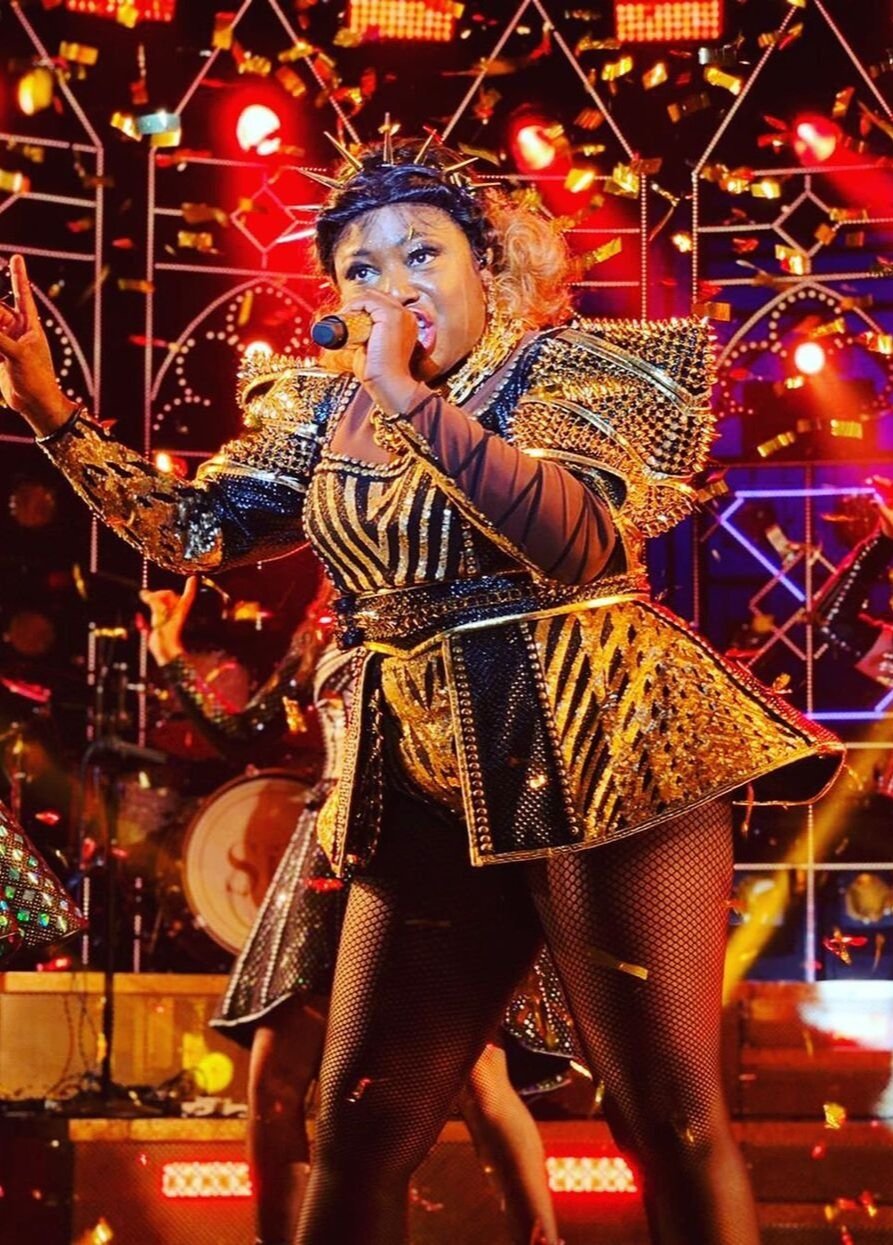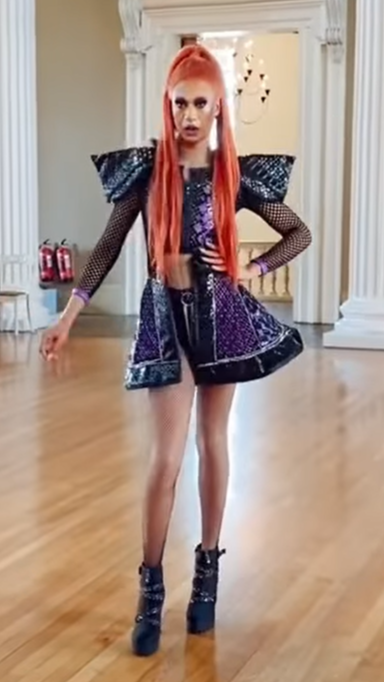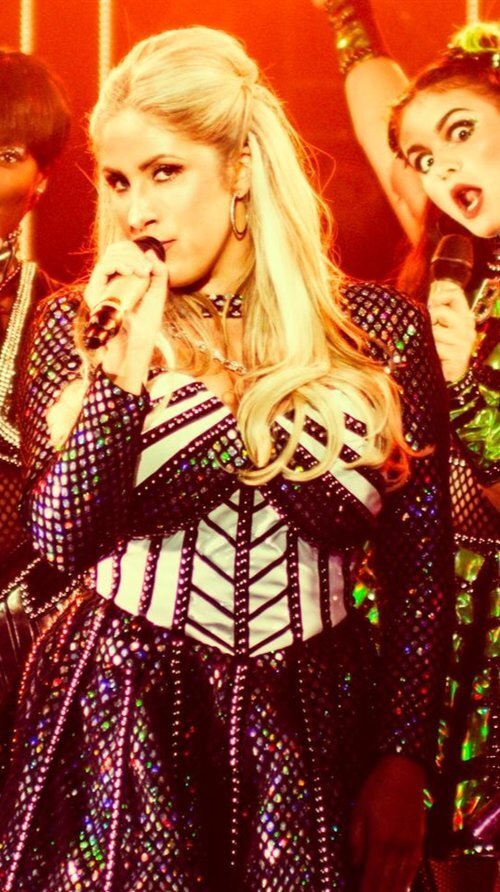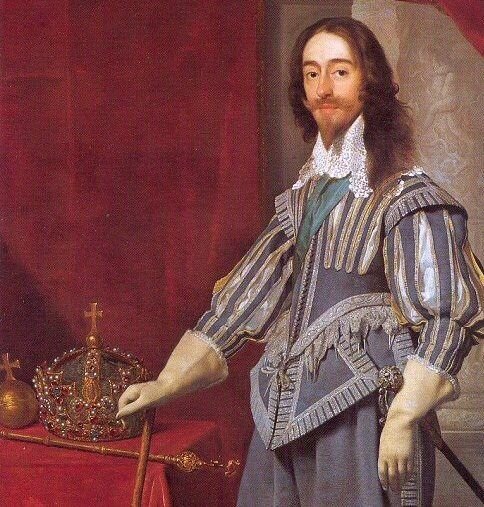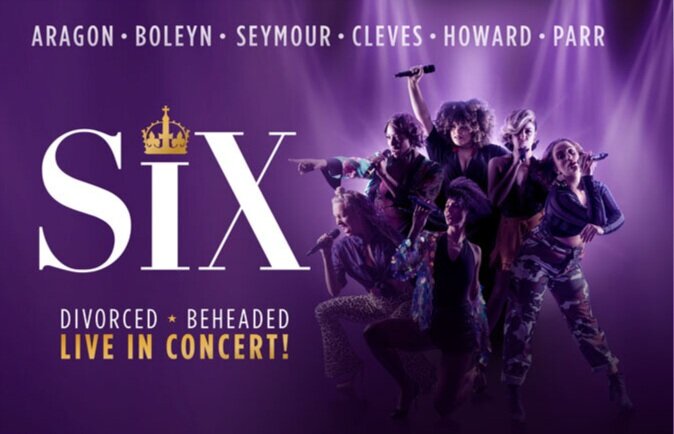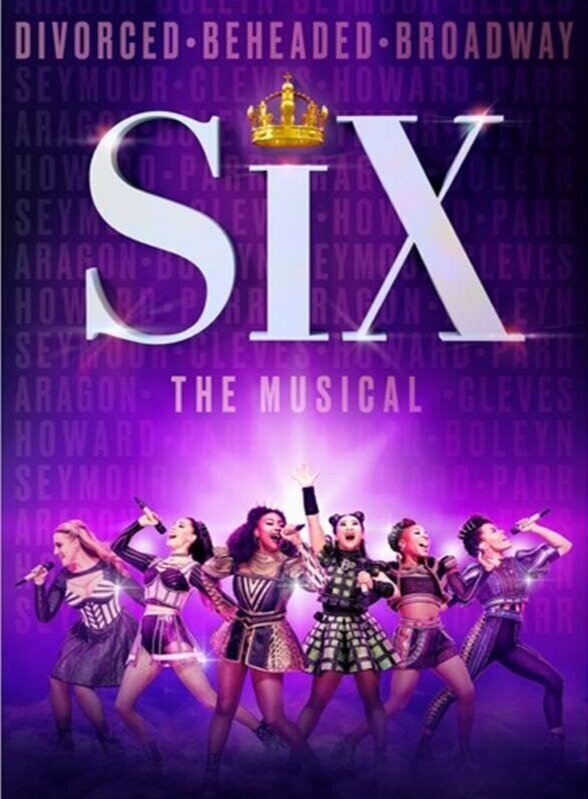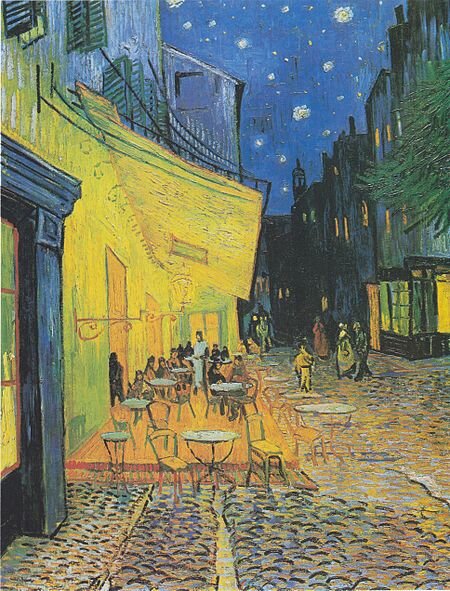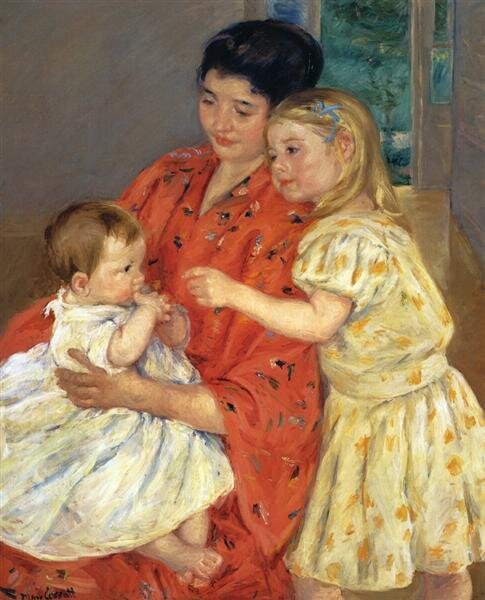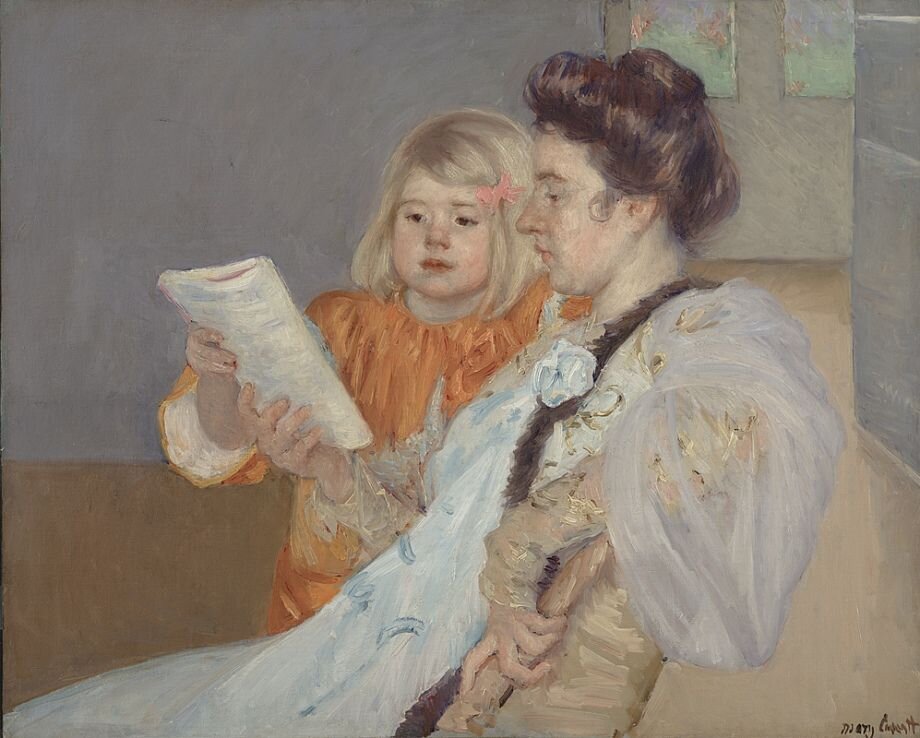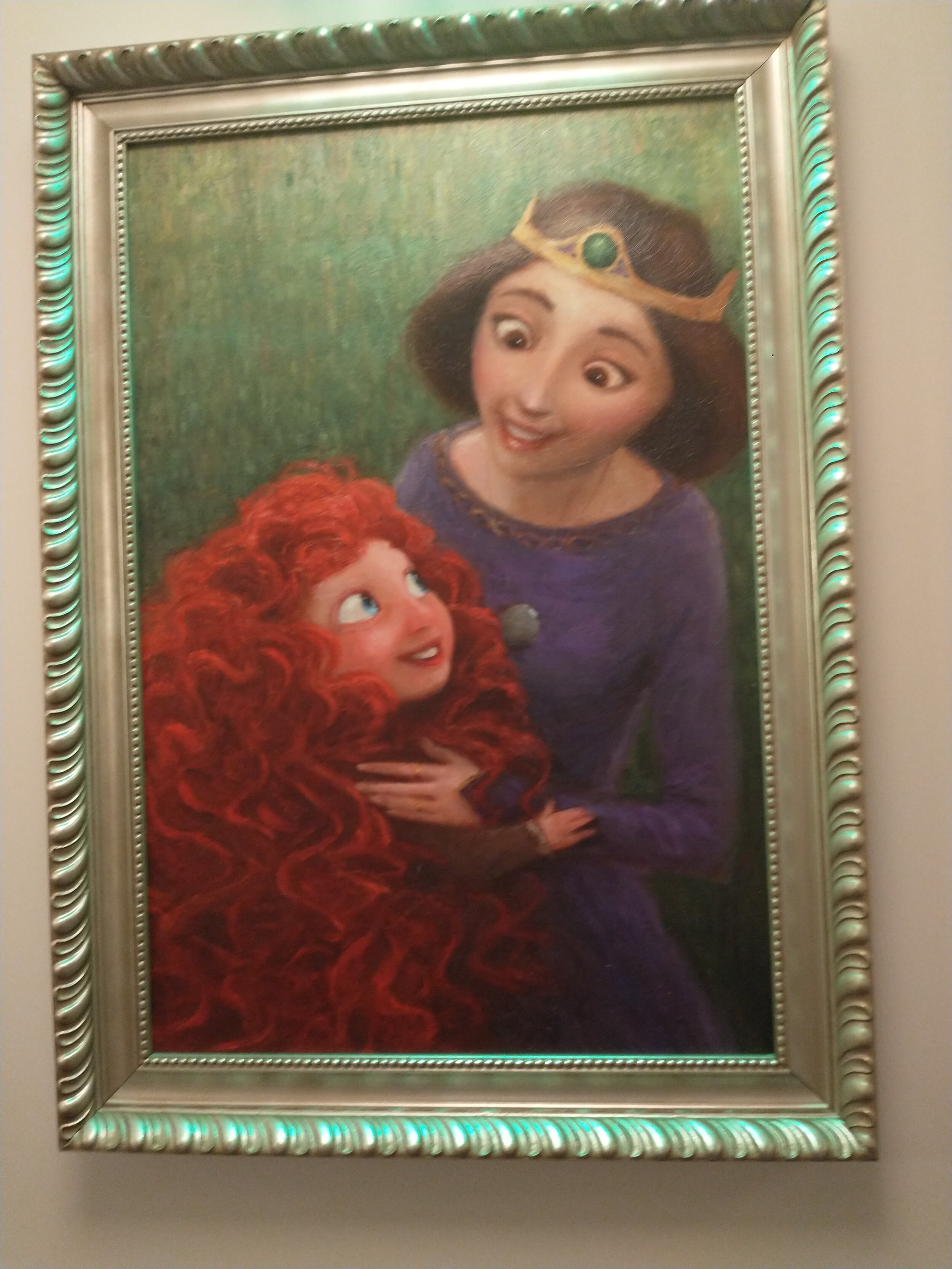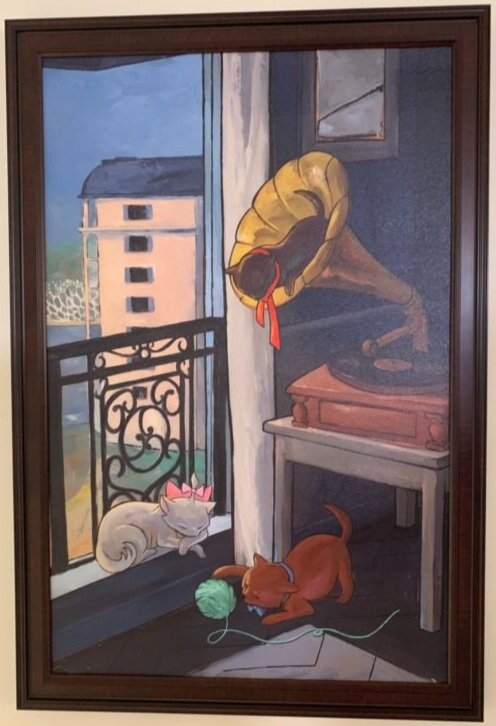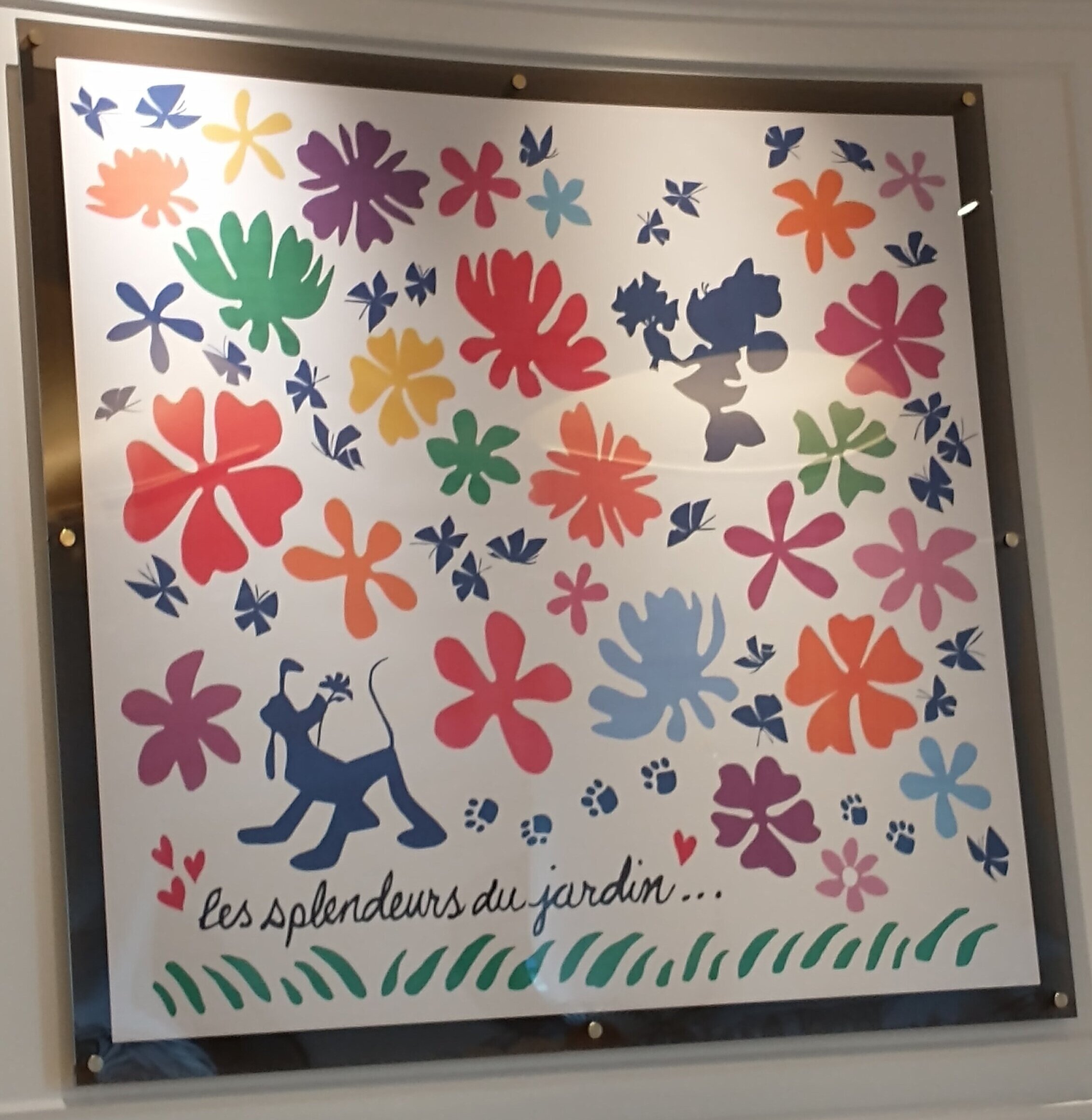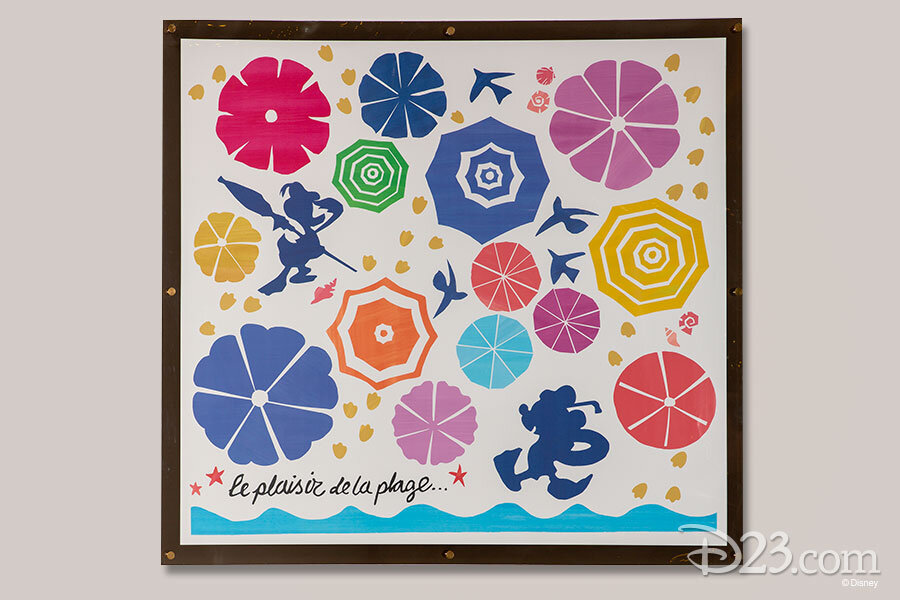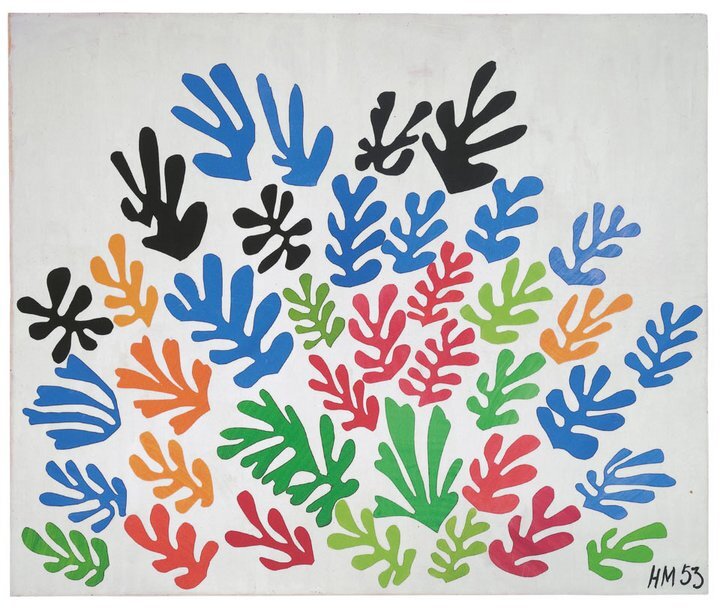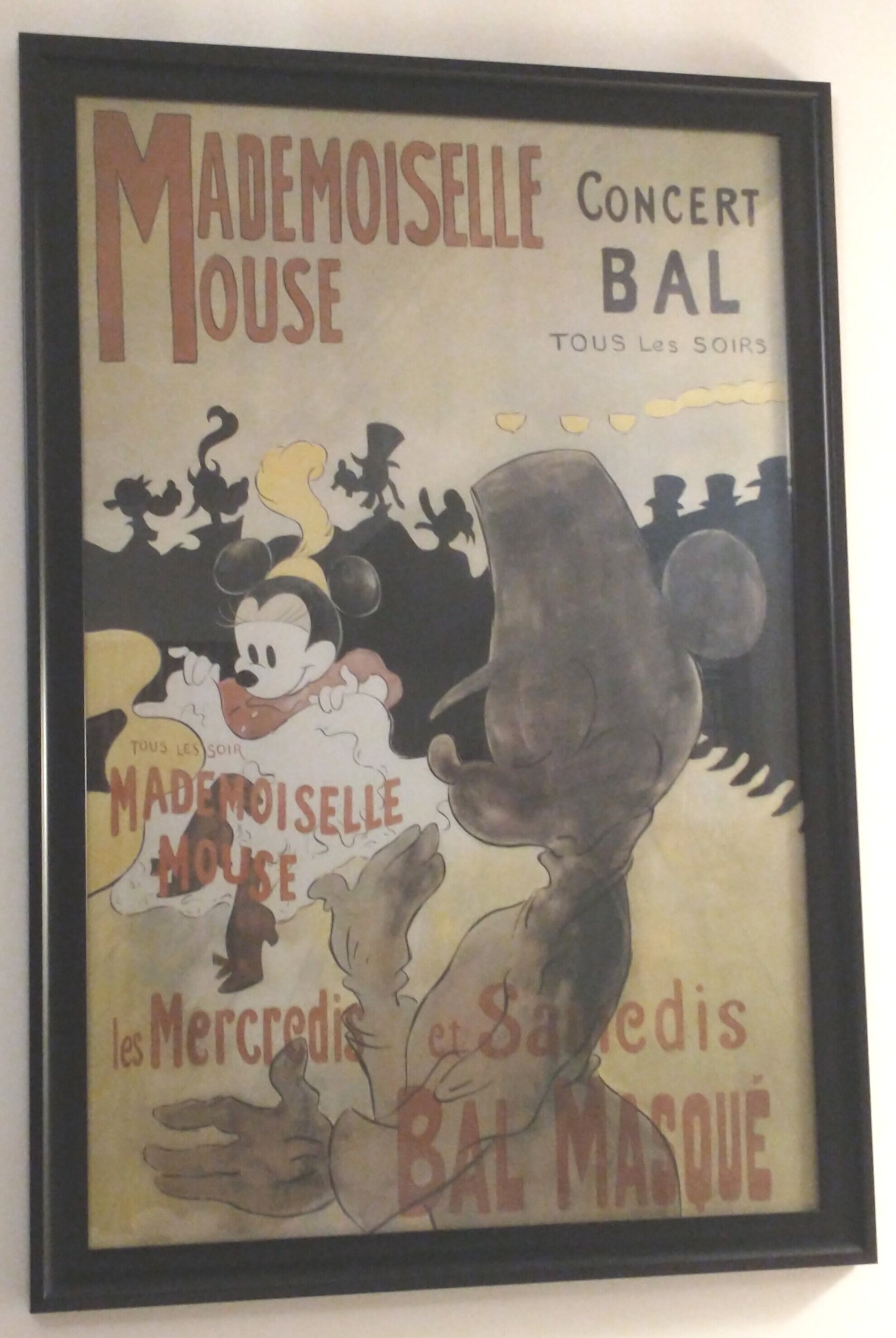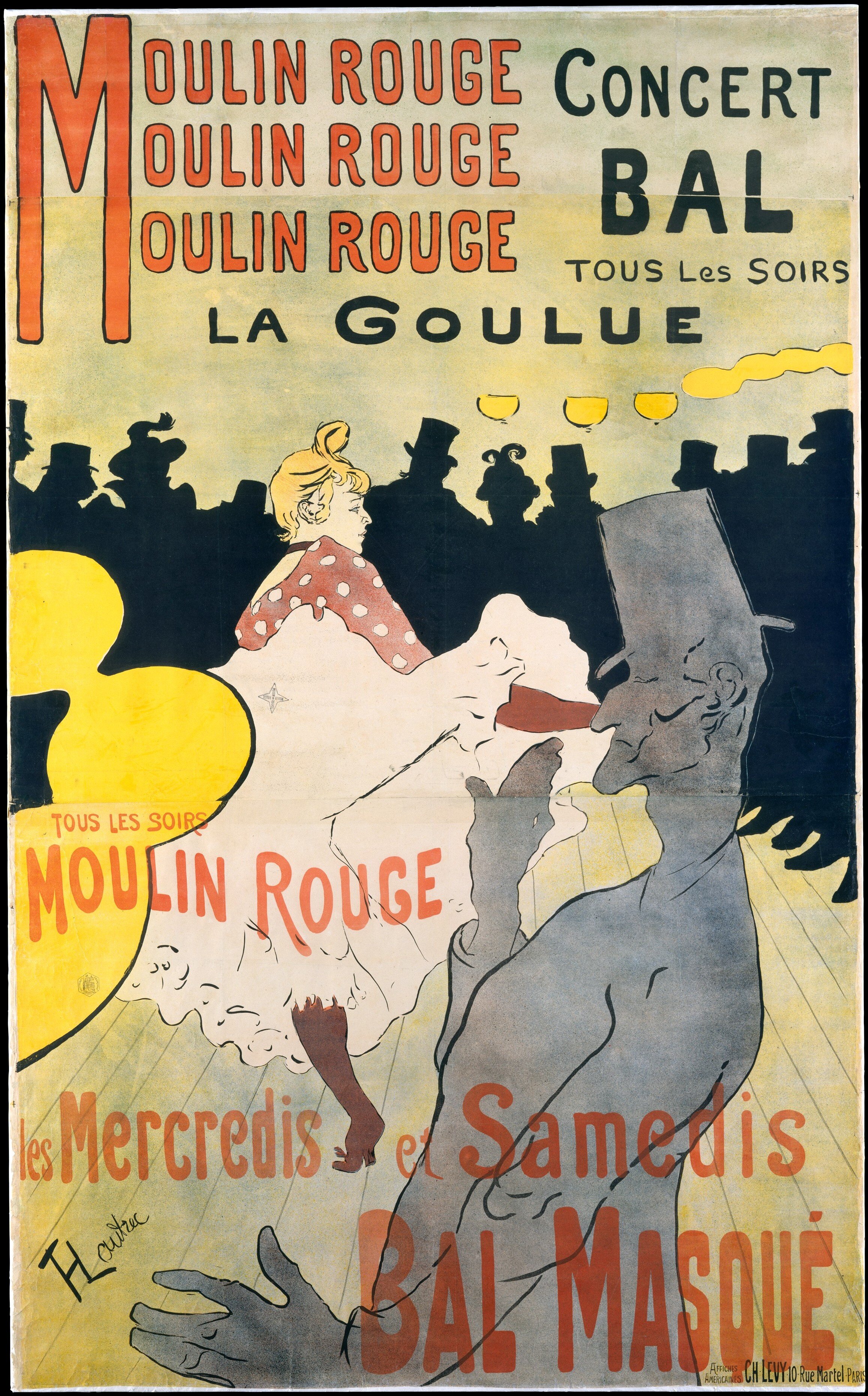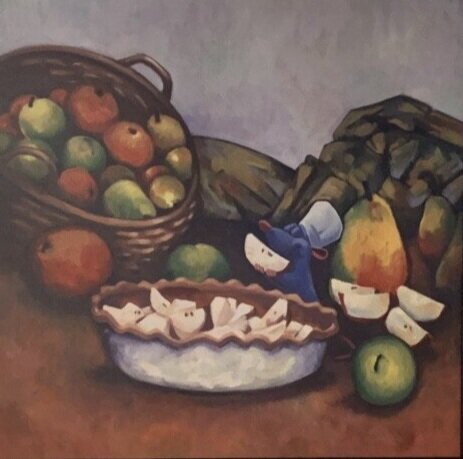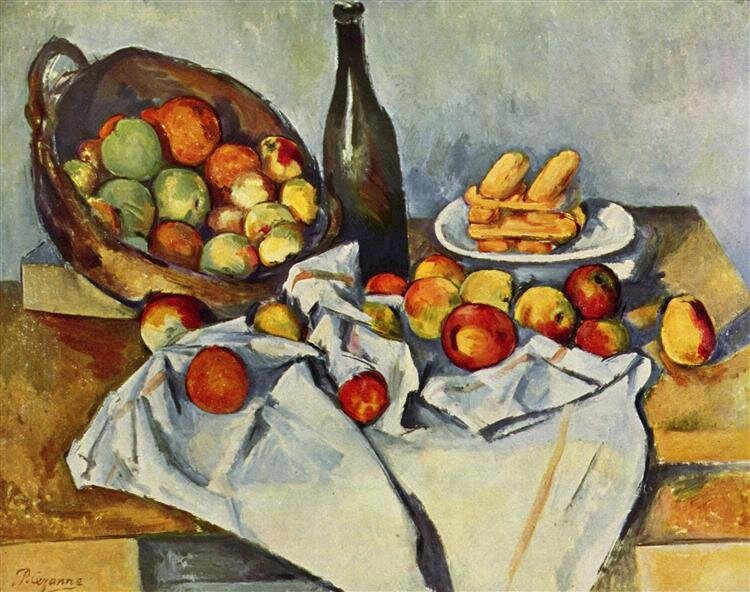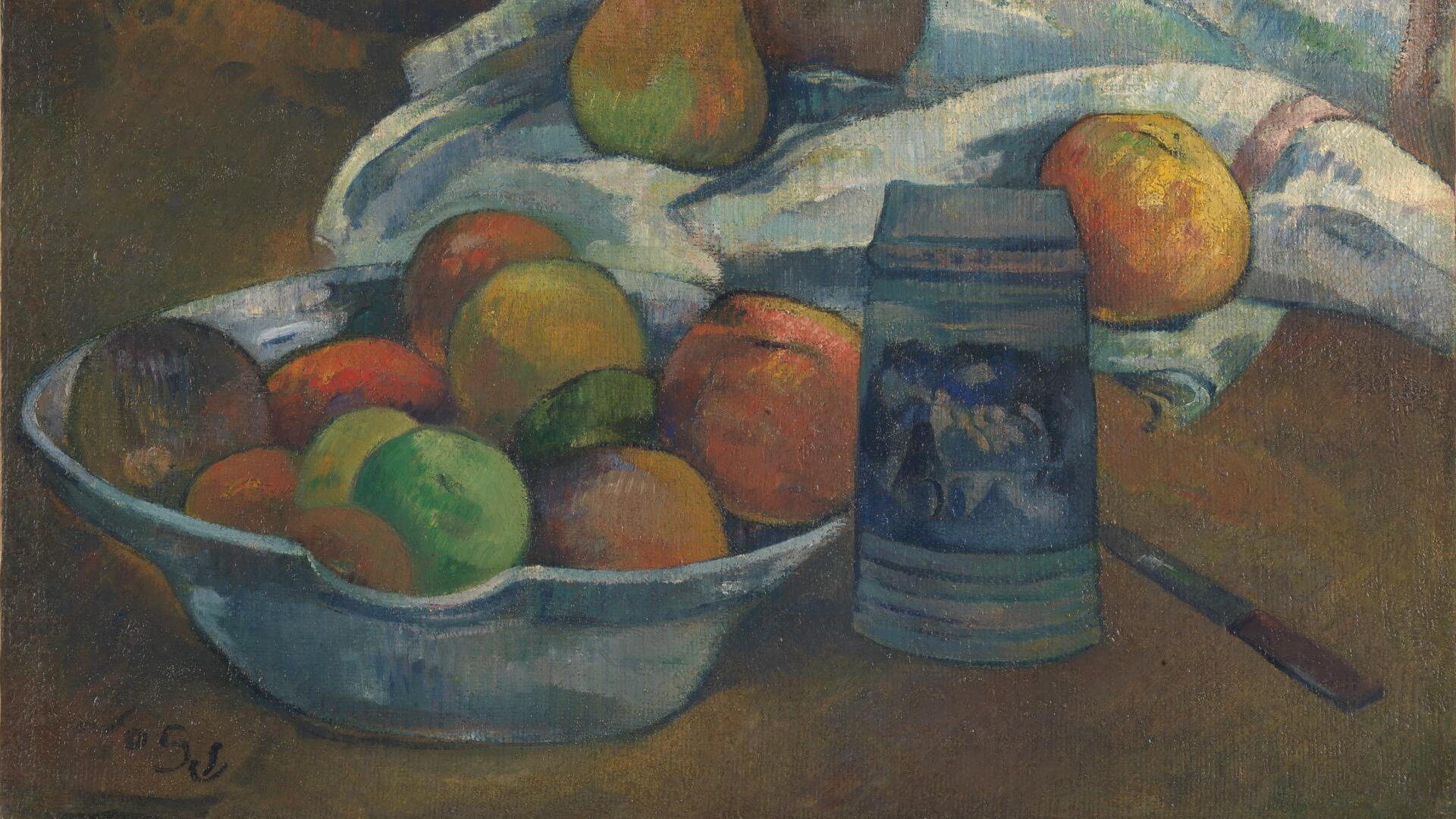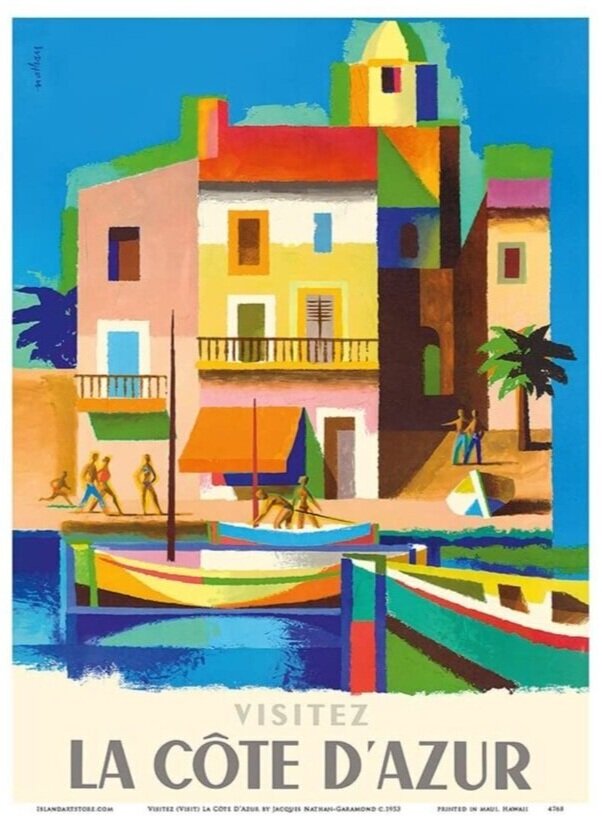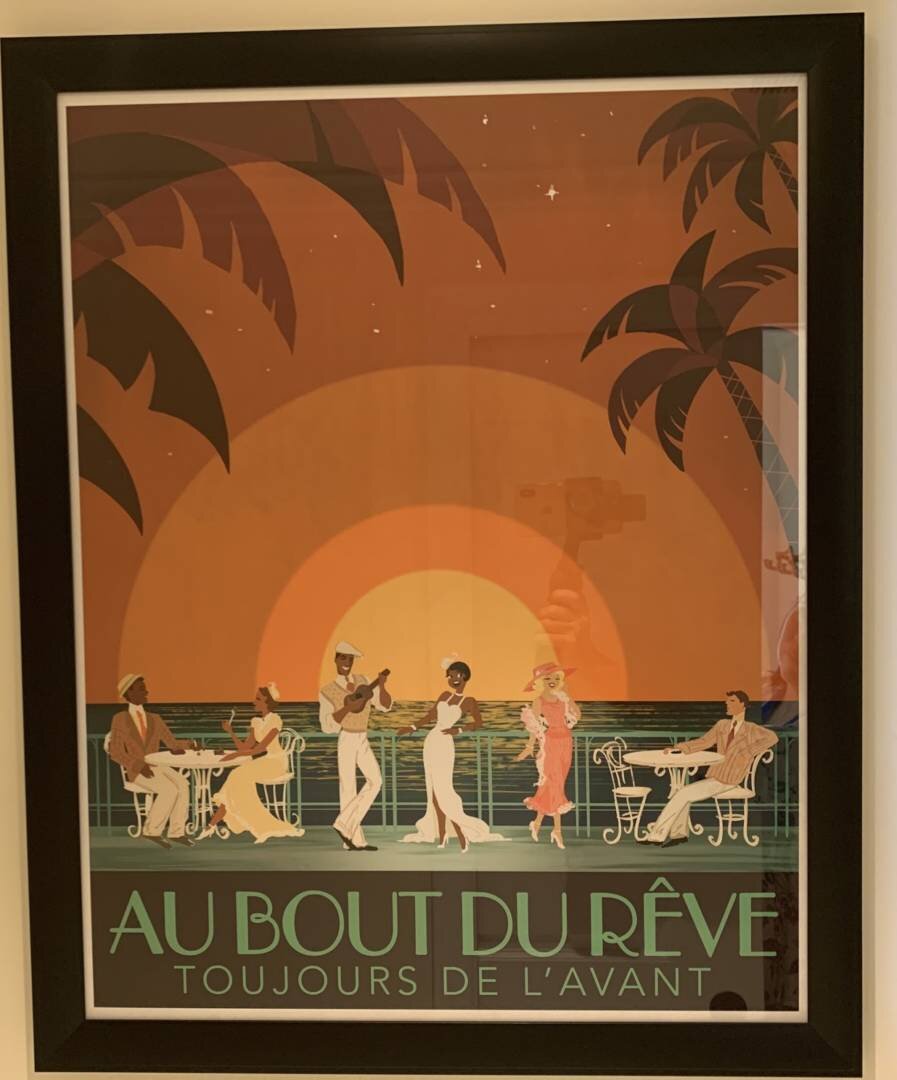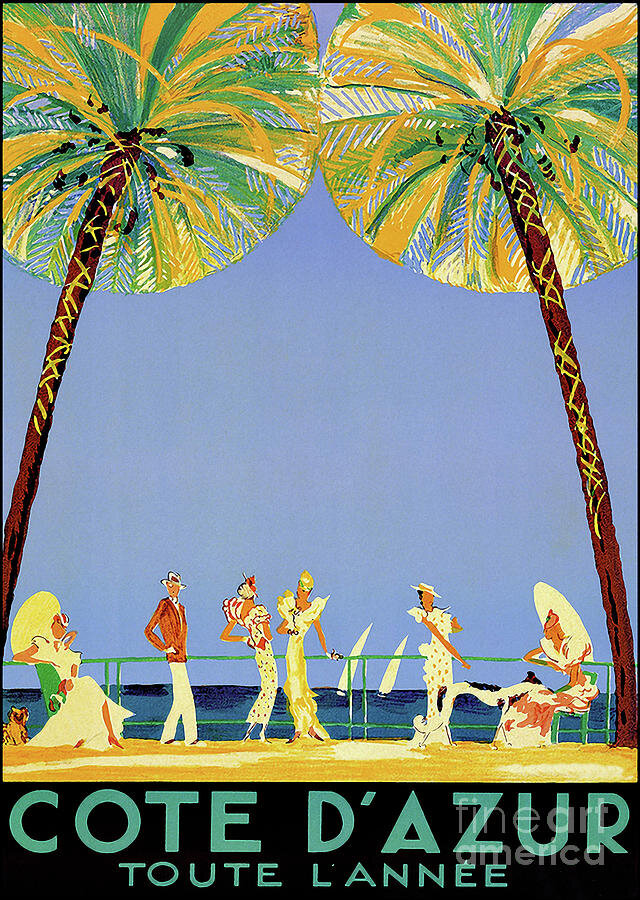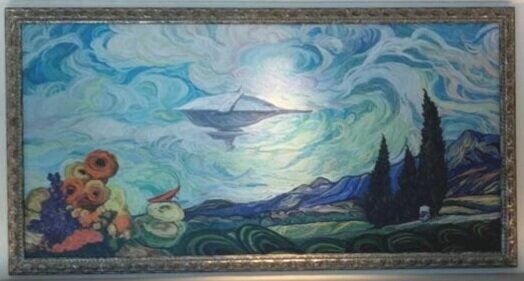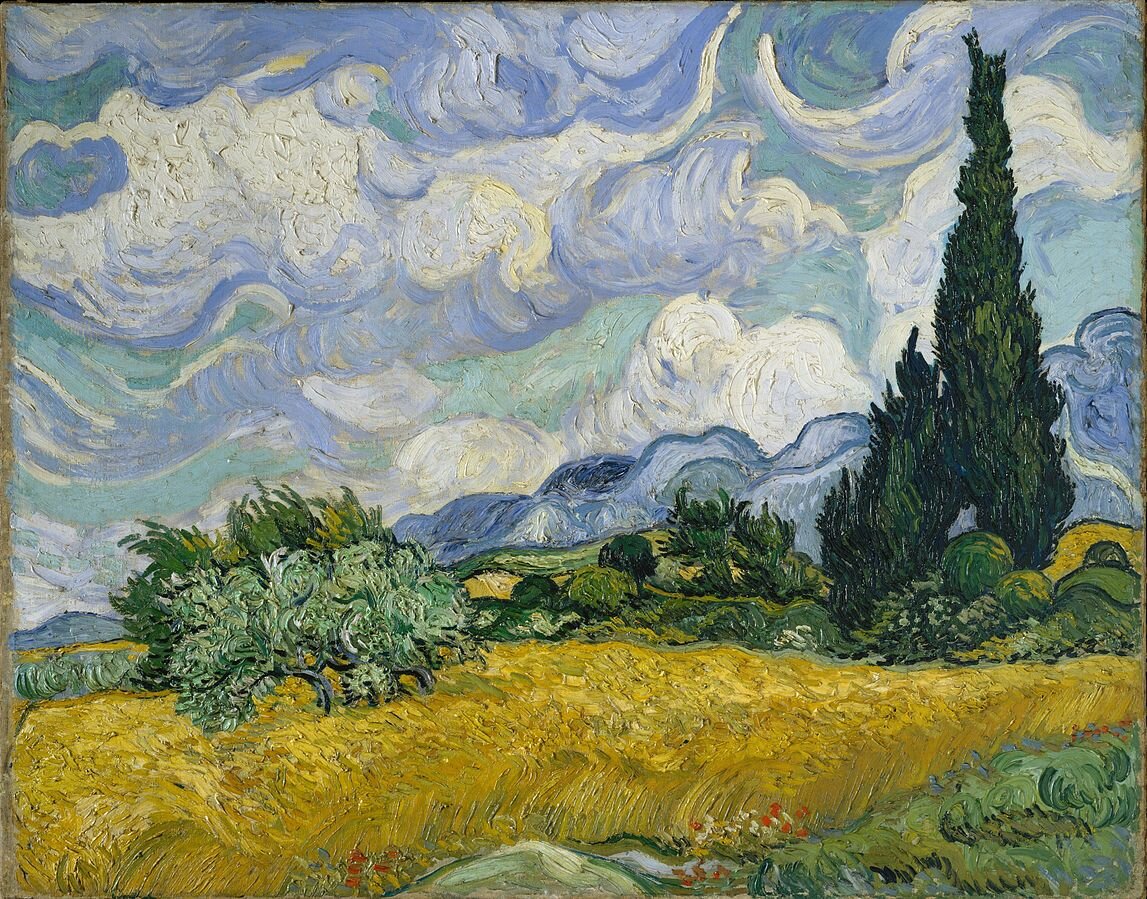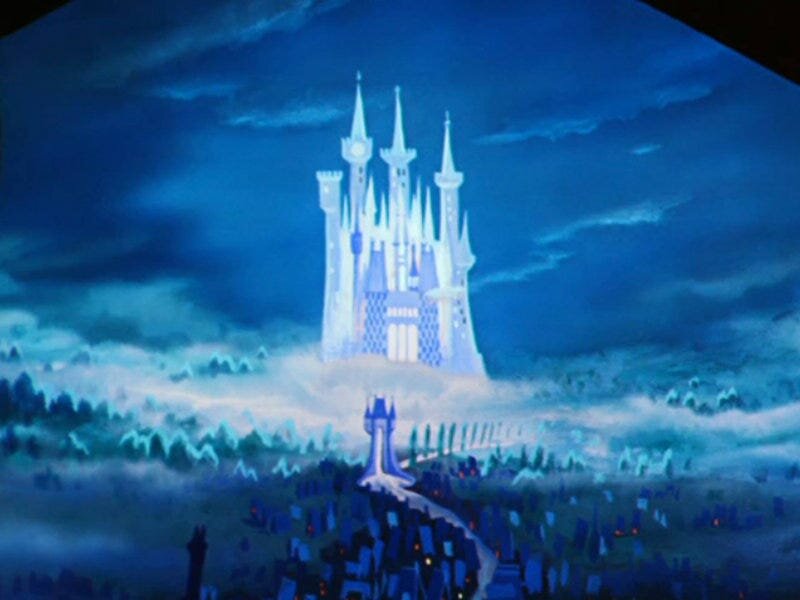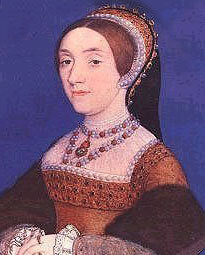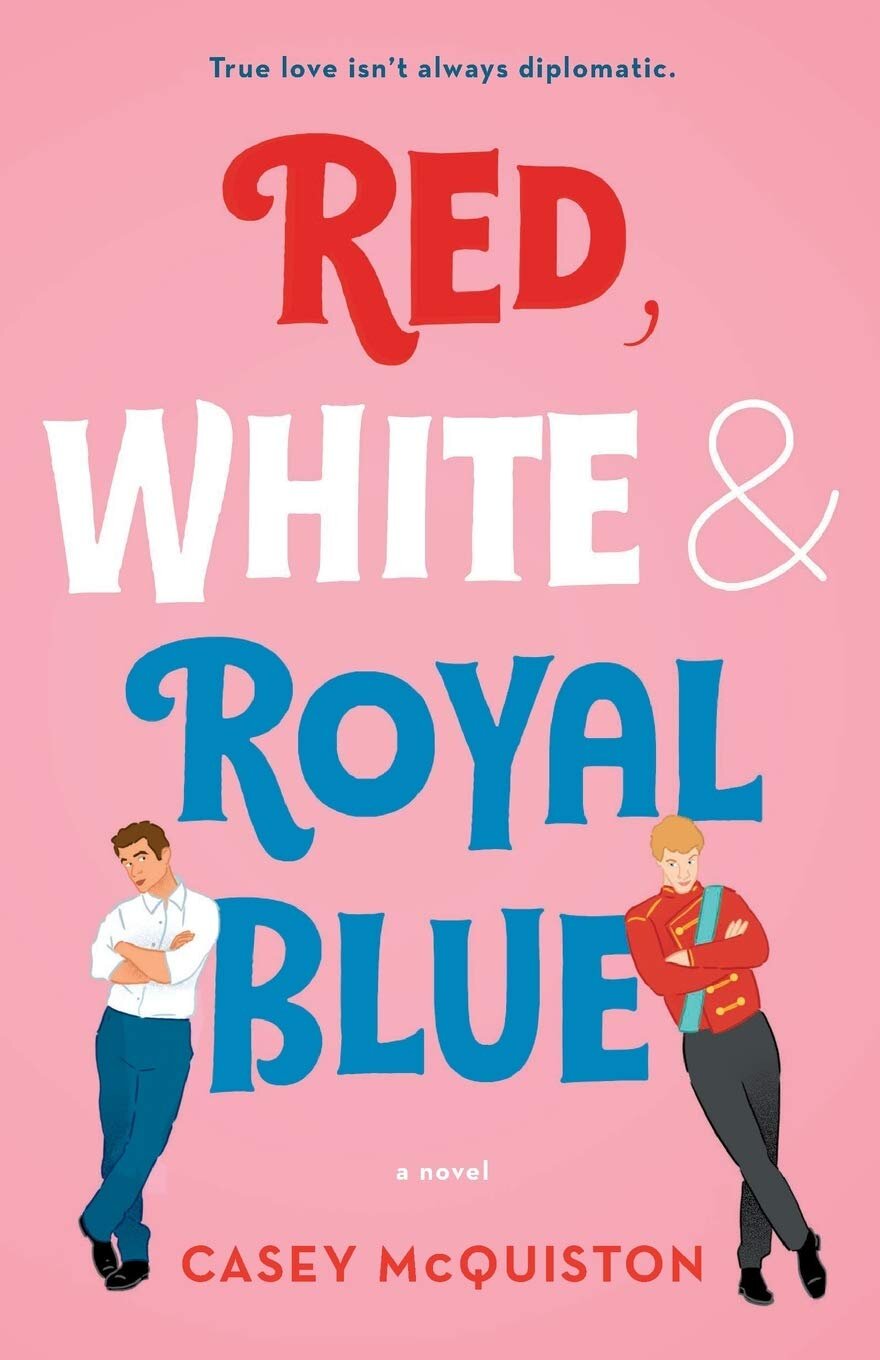You say I'm what you need, All you want, you don't need to plead
'Cause I feel the chemistry, Like I get you and you get me
And I know this is it, He just cares so much, this one's legit
We have a real connection, I'm sure this time is different
'Cause all you wanna do, All you wanna do, baby
Is touch me, love me, can't get enough see
All you wanna do, All you wanna do, baby
Is please me, squeeze me, birds and the bees me
You can't wait a second more to get, My corset on the floor
Playtime's over, The only thing you wanna do is...*kiss* ahh
The choruses of this song are very repetitive and often have only minor variations on the same theme, so I’m not going to analyze them all in depth. There isn’t really much historical content in here anyway, it’s all characterization of the character’s thoughts on her relationships.
In Katheryn Howard’s time, corsets were actually called bodies or stays.
Yeah, that didn't work out, So I decided to have a break from boys.
And you'll never guess who I met
This song, as long as it is, concentrates on Katheryn’s state of mind and really doesn’t get into a lot of the details about what actually happened in her relationships or at the end of her life. To elaborate a bit more, Katheryn’s step-grandmother, the Dowager Duchess, eventually walked in on Katheryn embracing Francis (in the company of her friend and secretary Joan) and apparently was QUITE angry; she punched all three people and raged for a while, but never actually fired Dereham (she wasn’t the greatest of guardians, tbh). Francis adored Katheryn and very much wanted to marry her, giving her several costly gifts. She seemed to indulge him for a while, and they called each other “husband” and “wife.”
Although Dereham seemed to think that they were pre-contacted to marry, Katheryn did not. A precontract was a commitment to marry in the future, which was often used so a couple could start sleeping together before the actual wedding. Precontracts were legally considered as good as marriage, and could be used to annul later marriages or disinherit children from now-invalid marriages (Henry VIII used a supposed precontract between Anna of Cleves and Francis of Lorraine to dissolve his marriage with her).
Katheryn Howard broke things off with Francis when her uncle the Duke of Norfolk arranged for her to join the new queen Anna of Cleves’ court as a maid of honor. Francis later claimed that Katheryn wept when they parted, saying she had to do as her family ordered, while Katheryn said that she lost her temper and told him to do what he liked. Whatever the actual truth was, Francis apparently still believed after the conversation that he had a chance with Katheryn in the future, and might still be her husband.
Katheryn joined the royal court in the late summer/early autumn of 1539, and was reportedly quite enthusiastic about her new position. We don’t know exactly when she met Henry VIII, but it was probably around this time.
Tall, large, Henry the Eighth, Supreme head of the Church of England
Globally revered, Although you wouldn't know it from the look of that beard
The lines here aren’t nearly as clever or as flirtatious as her previous compliments. This is a subtle way of indicating that Katheryn isn’t really interested in Henry at all, and is struggling to say anything sexy or good about him.
Tall, large, Henry the Eighth: We actually have a pretty good idea of Henry’s size in 1540 based on the dimensions of his suits of armour. He was 6’1” in height and the armour he had made a year before his marriage to Katheryn Howard had a 51 inch waist and a 54.5 inch chest circumference.
Supreme head of the Church of England: Henry established the Church of England with himself at the head in 1536, so he had only been in this role for a few years when he married Katheryn. It might be a bit of an exaggeration to call Henry “globally revered” though. Maybe more “globally notorious.”
Made me a lady in waiting, Hurled me and my family up in the world
Gave me duties in court and he swears it's true,
That without me, he doesn't know what he'd do
lady in waiting: As I noted earlier, Katheryn’s uncle, the Duke of Norfolk, actually arranged for her position as a maid of honor for Anna of Cleves before she even met Henry. The maids of honor were the lowest ranked noble ladies in the queen’s household. They were younger than the ladies in waiting and unmarried. They accompanied the queen and served as her companions, but also supervised various servants and performed various tasks, such as dressing the queen or fetching items for her. This usage of “lady in waiting” as a substitute for “maid of honor'“ is consistent throughout Six, as presumably, the writers were concerned people would get confused by the nomenclature, given its modern meaning in a wedding party sense.
Hurled me and my family up in the world: It’s interesting that anyone would say Katheryn or her family were hurled up in the world, as she was actually very well placed already as a Howard. Although her parents died when she was young and she was relatively penniless before she came to court, as a maid of honor, she received lodgings and a decent salary, and she had numerous family members in prominent places at court. She would have been fine money and status-wise even if Henry had never noticed her, perhaps not wealthy or well known, but still comfortable and happy.
However, the king did give her many presents, starting in April 1540 (when he was still married to Anna of Cleves), so the relationship did materially benefit her. In April, she was given the property of two condemned criminals, and in May, Henry bought her 23 light silk quilts.
Although many tellings of the story of Henry annulling his marriage to Anna of Cleves and then marrying Katheryn Howard position her as the victim of her uncle’s machinations, the evidence seems to indicate that their relationship was a bit more spontaneous than that. Katheryn’s youthful misadventures at the Dowager Duchess’s home were widely known enough that if anyone had dug much into her background, they would have found evidence of them pretty quickly (as later became clear). It seems unlikely that the Howards would have deliberately put her forward to distract the king without vetting her, and she honestly wouldn’t have made it past such a vetting. The Howards did use the king’s attraction to Katheryn to their own advantage later, but there’s really no indication that they set it up themselves.
You say I'm what you need, All you want, we both agree
This is the place for me, I'm finally where I'm meant to be
Then he starts saying all this stuff, He cares so much, he calls me love
He says we have this connection, I guess it's not so different
He cares so much, he calls me love: Henry VIII considered himself a romantic at heart and really wanted to be in love with his wives. The Archbishop of Canterbury, Thomas Cranmer (who I honestly think was one of the most emotionally intelligent members of Henry’s court), even said to Thomas Cromwell pre-Anna of Cleves’ arrival in England that it would be “most expedient the King to marry where that he had his fantasy and love, for that would be most comfort to his Grace.”
The Dowager Duchess later testified that the king liked Katheryn the moment he met her. This instant attraction to a woman really fit into Henry’s own romantic ideals of love, and even if this interest didn’t result in him pursuing a relationship with her for a few more months (there’s no evidence that Henry pursued her until early 1540 sometime), this connection was probably revived anew the moment he realized he didn’t want to marry/stay married to Anna of Cleves.
The Howards moved Katheryn back to Lambeth at some point during Henry’s courtship of her for the sake of her reputation. However, Henry visited her multiple times there in his royal barge, which probably only increased the level of gossip about their relationship.
'Cause all you wanna do, All you wanna do, baby
Is touch me, love me, can't get enough, see
All you wanna do, All you wanna do, baby
Is seize me, squeeze me, birds and the bees me
There's no time for when or how 'cause you
Just got to have me now, Playtime's over
The only thing you wanna do is...*kiss* ahh
All you wanna do: We have no idea when Henry began a physical relationship with Katheryn. However, as Gareth Russell noted in his book, Henry was impressed by his past wives’ abstaining from sex until marriage (Anne Boleyn and Jane Seymour), so it’s possible that they waited until after his fourth marriage was annulled and his fifth marriage was performed.
So we got married, Woo
The annulment of Henry’s marriage to Anna of Cleves was motivated by many things (which I addressed more in depth in my post on her song “Get Down”), and was made official in early July 1540. Anna was given numerous properties and a very high rank in return for her acquiescence during the process.
Henry and Katheryn married in a small ceremony on July 28, 1540. At the time, Henry was 49 and Katheryn was probably 19. For comparison’s sake, Henry’s daughter Mary was 24 at this time (Elizabeth was almost 7 and Edward was nearing 3).
With Henry, it isn't easy, His temper's short, and his mates are sleazy
Except for this one courtier, He's a really nice guy, just so sincere
The royal life isn't what I planned, But Thomas is there to lend a helping hand
So sweet, makes sure that I'm okay, And we hang out loads when the King's away
Henry really did have a terrible temper. There are countless examples of this from throughout his life, but one of the most relevant for Katheryn’s story is the downfall of Thomas Cromwell. Although Cromwell had served on the king’s privy council since 1530 and as his chief minister since 1534, Henry was so displeased with his fourth marriage and the breakdown of the alliance secured by that marriage that he ordered Cromwell arrested in June 1540, and executed on July 28, 1540. Henry came to regret executing Cromwell and later blamed the decision on his privy council, reportedly stating: “on the pretext of several trivial faults [Cromwell] had committed, they had made several false accusations which had resulted in him killing the most faithful servant he had ever had” (this was reported in a letter by a French ambassador in March 1541).
Despite the lyrics in this song implying “Thomas” was different than Henry’s usual friends, Thomas Culpepper was very much sleezy himself. He was a gentleman of the King’s privy chamber and a close friend to the King, who gave him numerous properties. He was apparently quite handsome, flirtatious, and, as Gareth Russell described him, “unashamedly promiscuous with consensual partners.”
Content Warning, Sexual assault: We also have records indicating that sometime in 1540, Culpepper may have raped the wife of a park-keeper and killed a man when the villagers tried to apprehend him for the crime. I say “may have” because we only have one report of the case, and it is possible that the letter writer mixed up Thomas with his older brother. Regardless, whoever committed the crime, the king pardoned him for the rape and murder.
Gareth Russell’s book notes that Culpepper noticed Katheryn pretty quickly after she arrived at court and pursued her, but after she played hard to get, he moved on to someone else. This upset Katheryn more than she may have expected, as it apparently caused her to weep in front of several of her fellow maids of honor. Rumors of this did get back to Francis Dereham, who came up to court and confronted Katheryn about it. Katheryn apparently rather brutally put him down and said she would not have Francis and if he had heard anything about Thomas, he knew more than she did.
This guy finally Is what I want, the friend I need
Just mates, no chemistry, I get him and he gets me
And there's nothing more to it, He just cares so much, he's devoted
He says we have a connection, I thought this time was different
Why did I think he'd be different?, But it's never, ever different
We know that there was a LOT of evidence gathered in the case against Katheryn Howard and that many many interviews were conducted. However, a lot of these documents were lost or destroyed over the years, so we don’t quite have the full story.
Although courtly love and flirtation games were de rigeur in royal courts of the time, Katheryn’s relationship with Culpepper appeared to have crossed that line into a much more emotional entanglement than was generally accepted.


